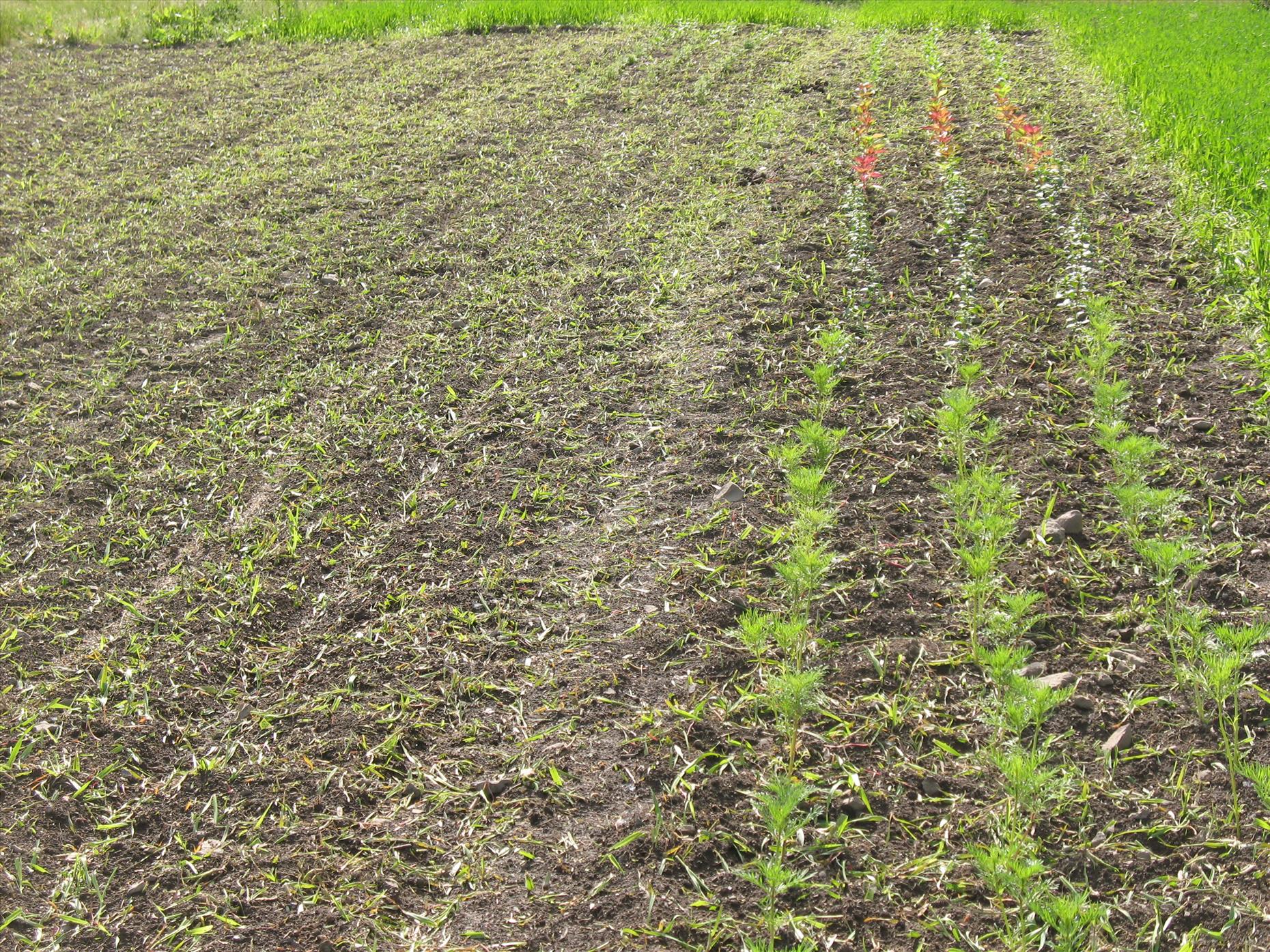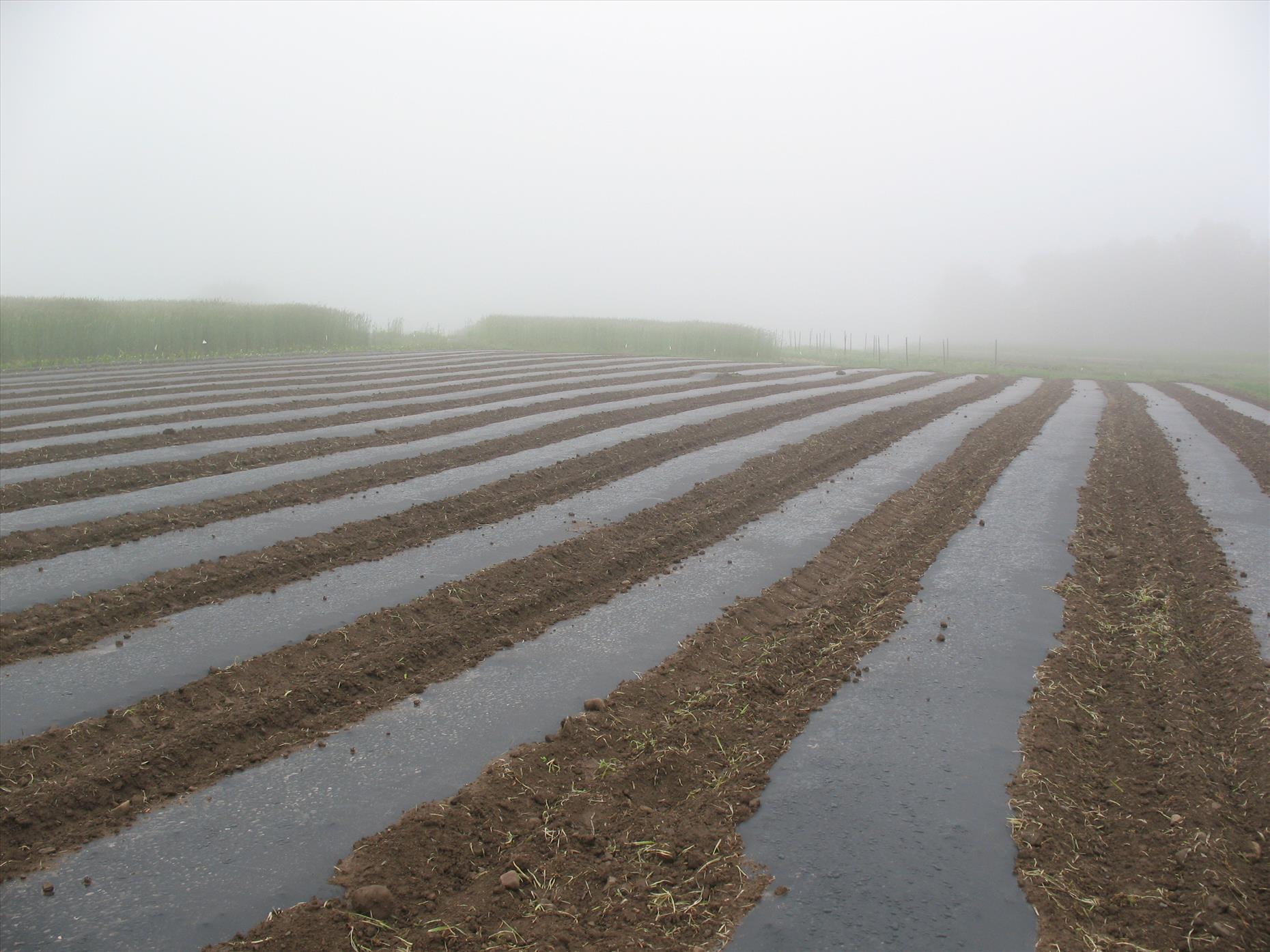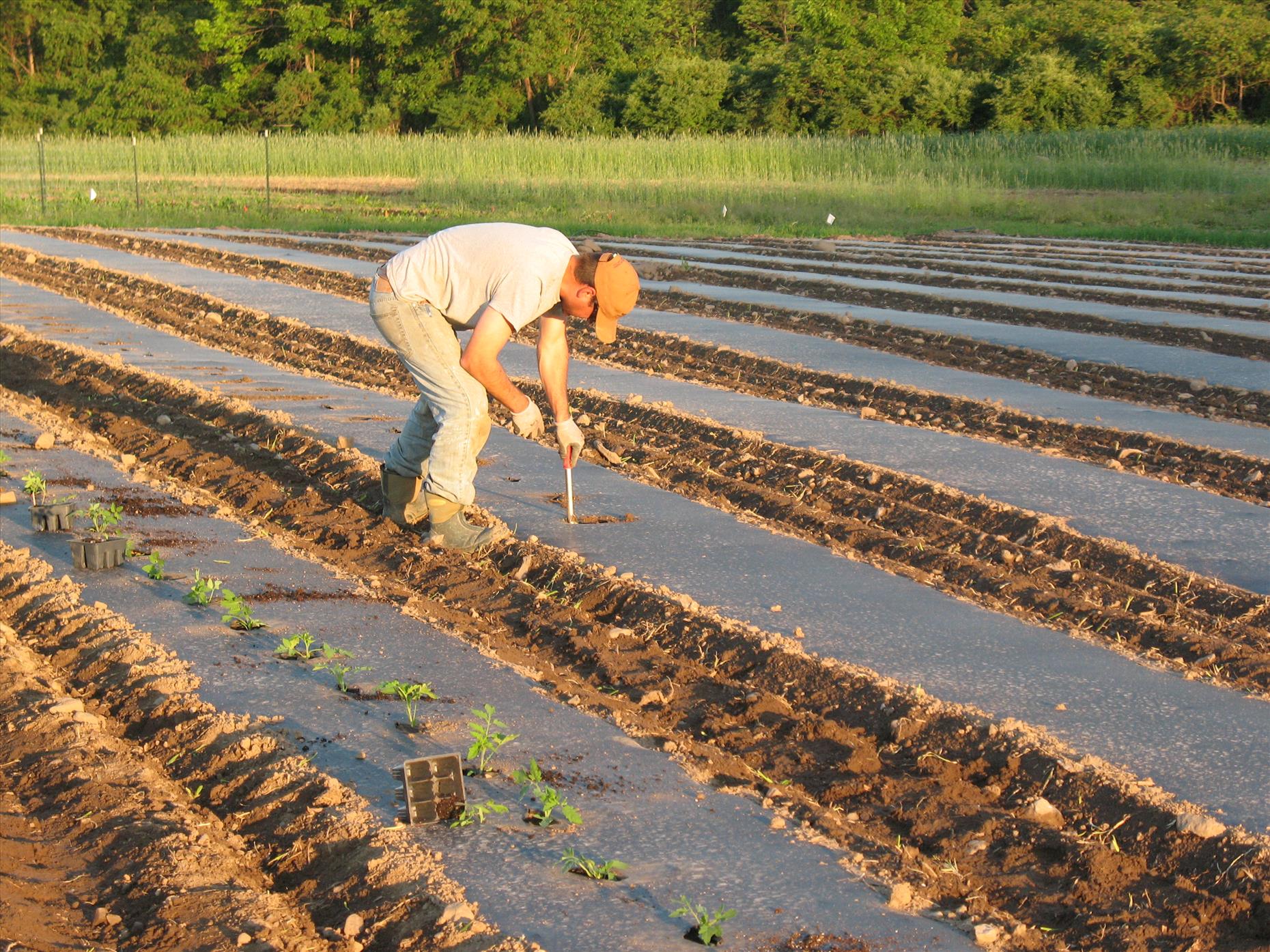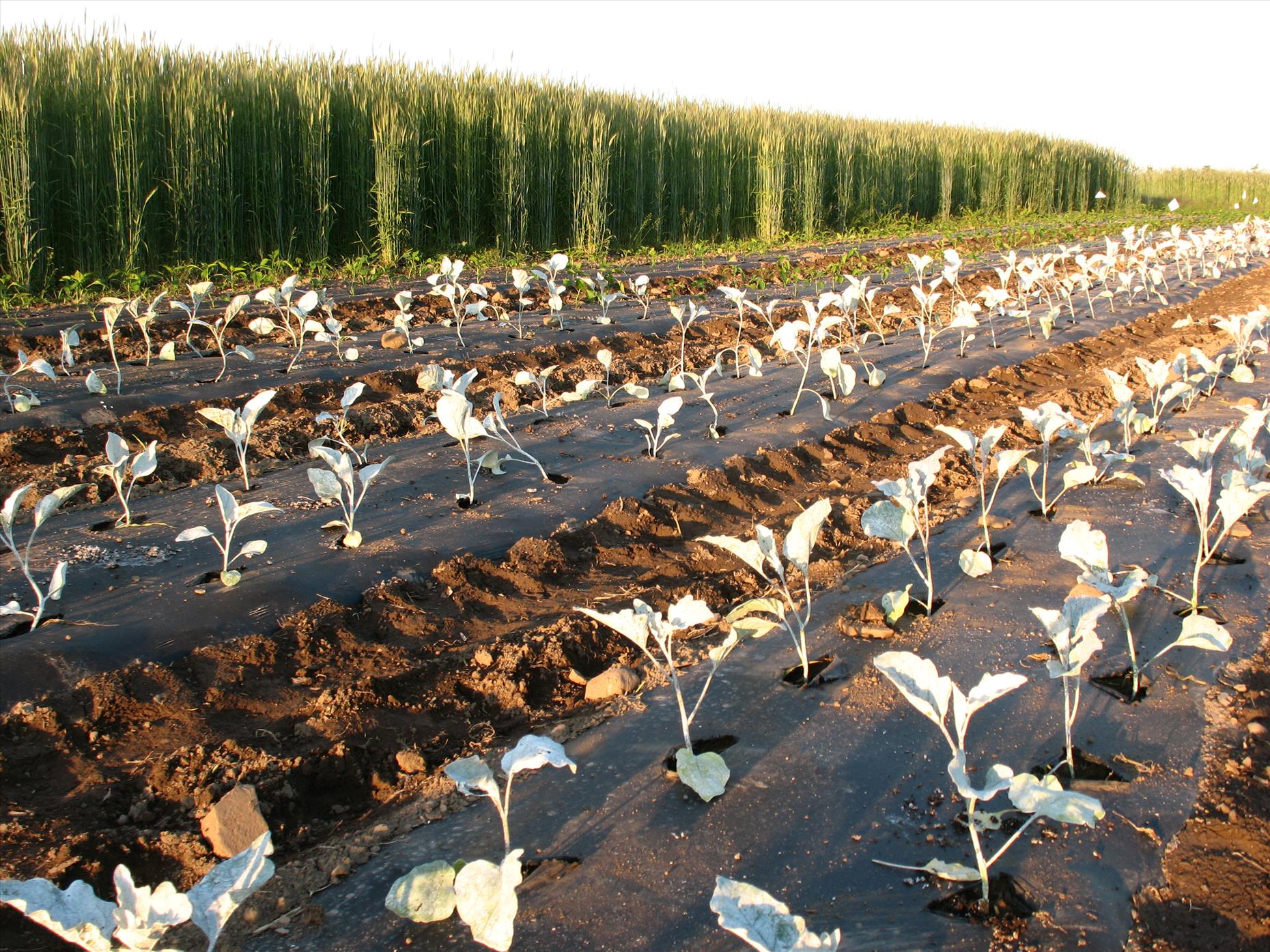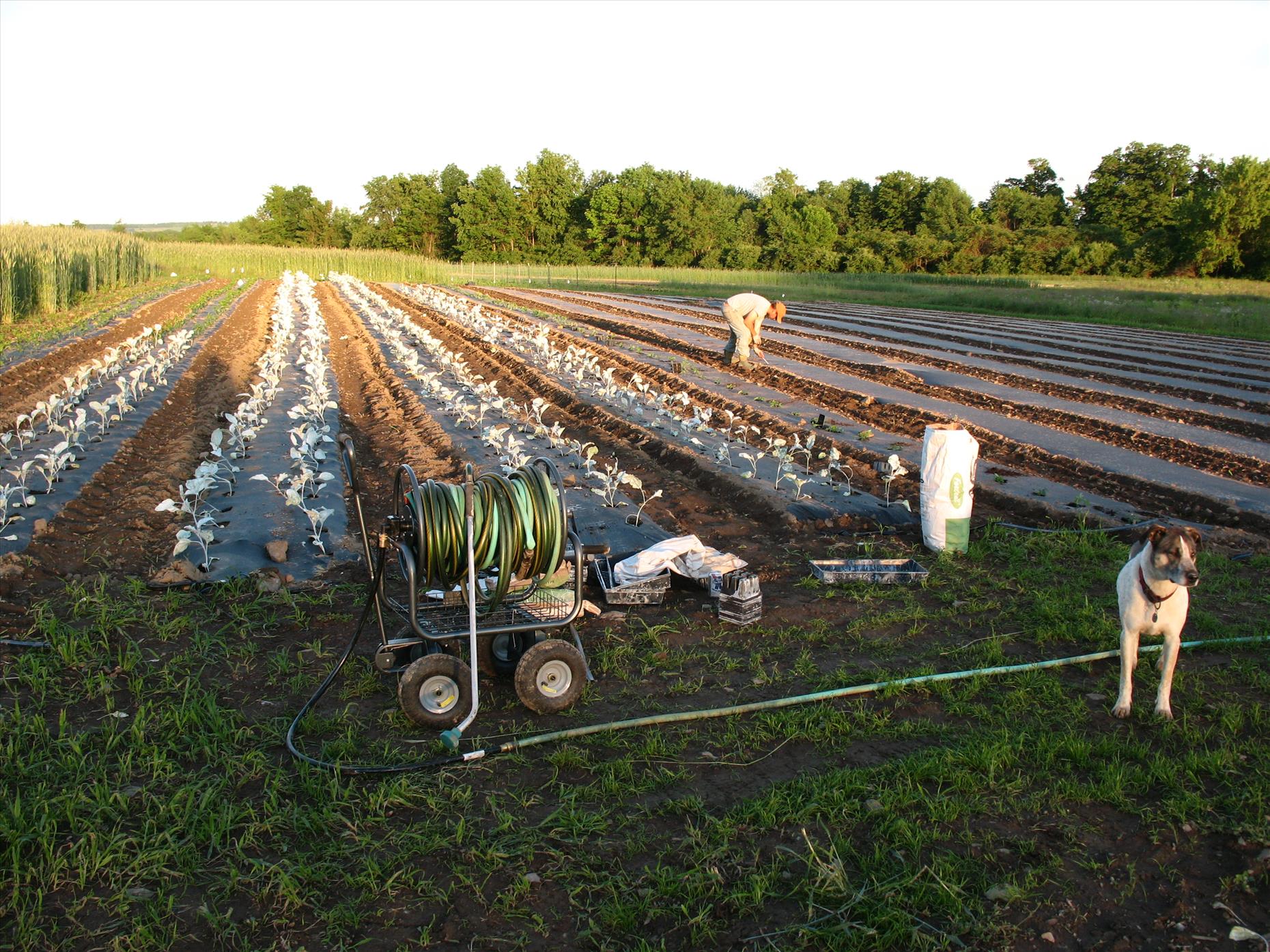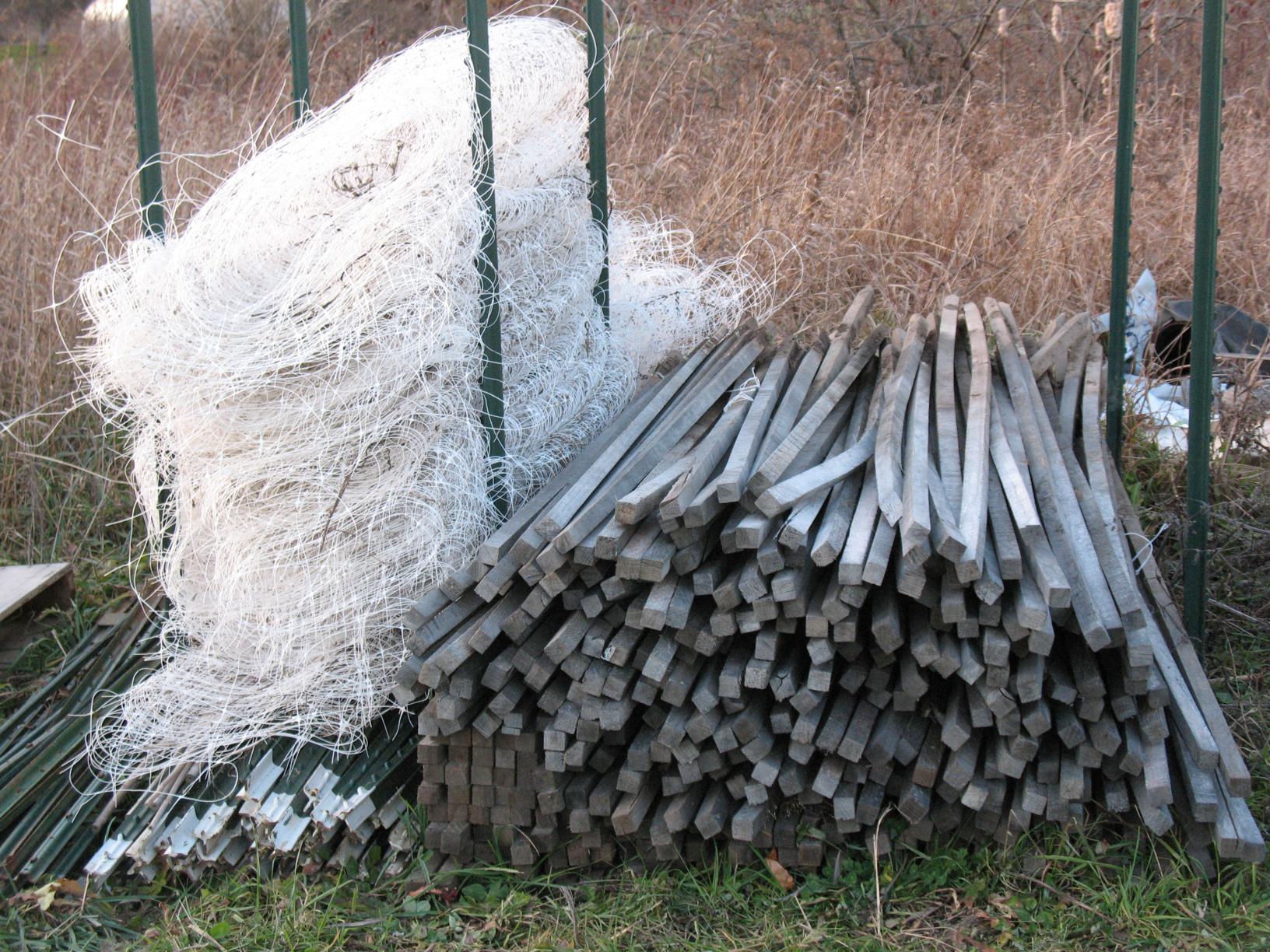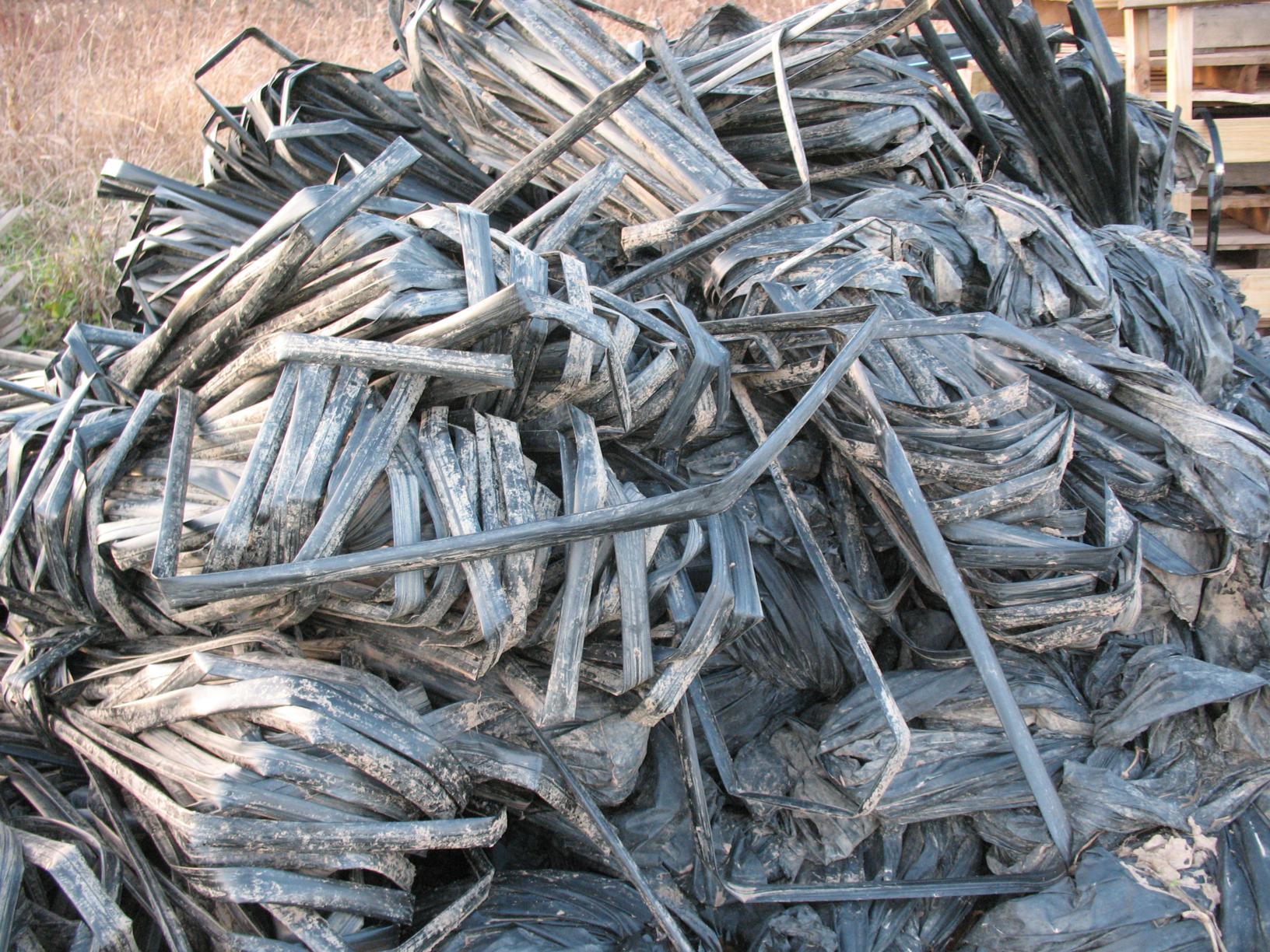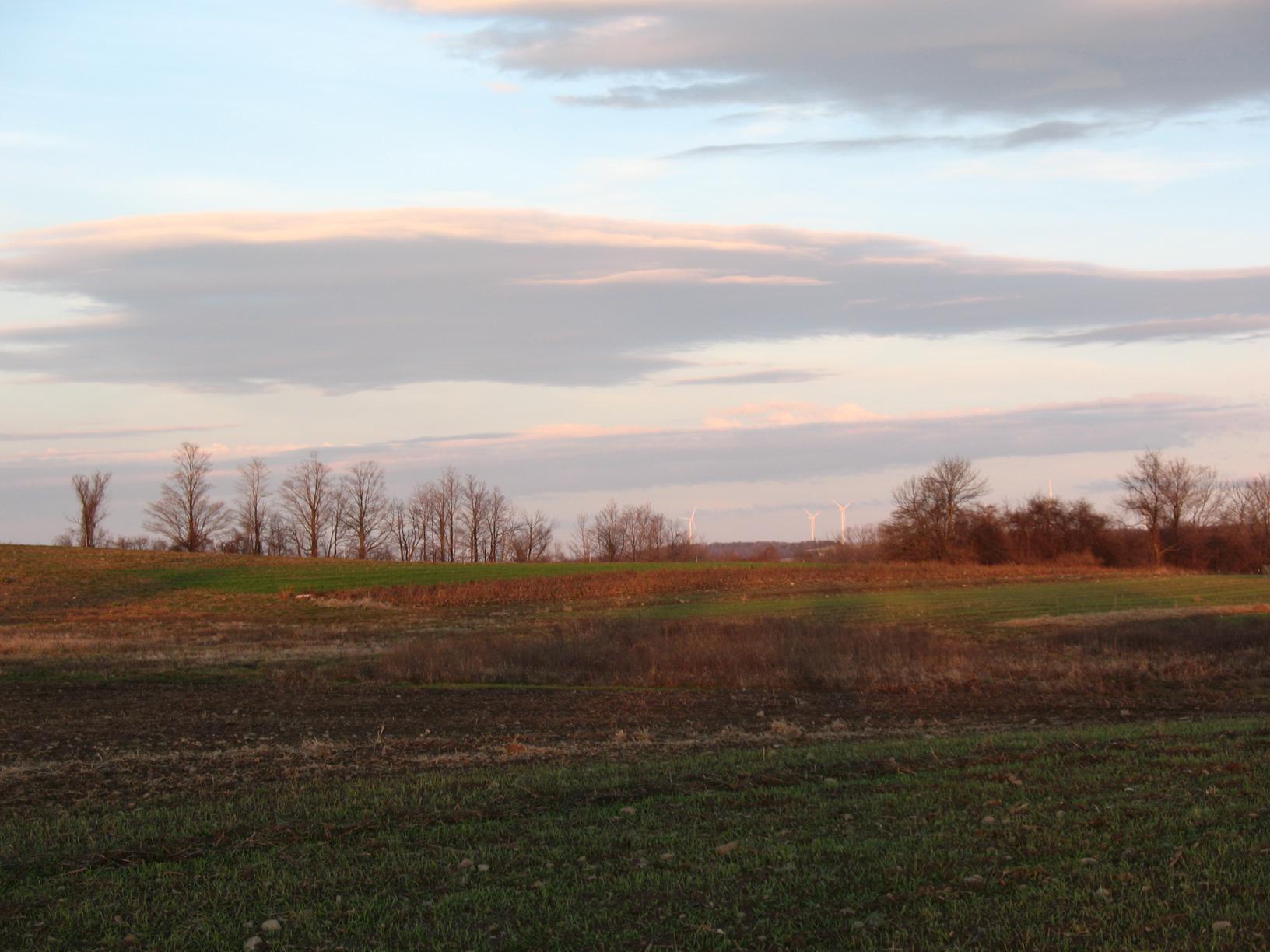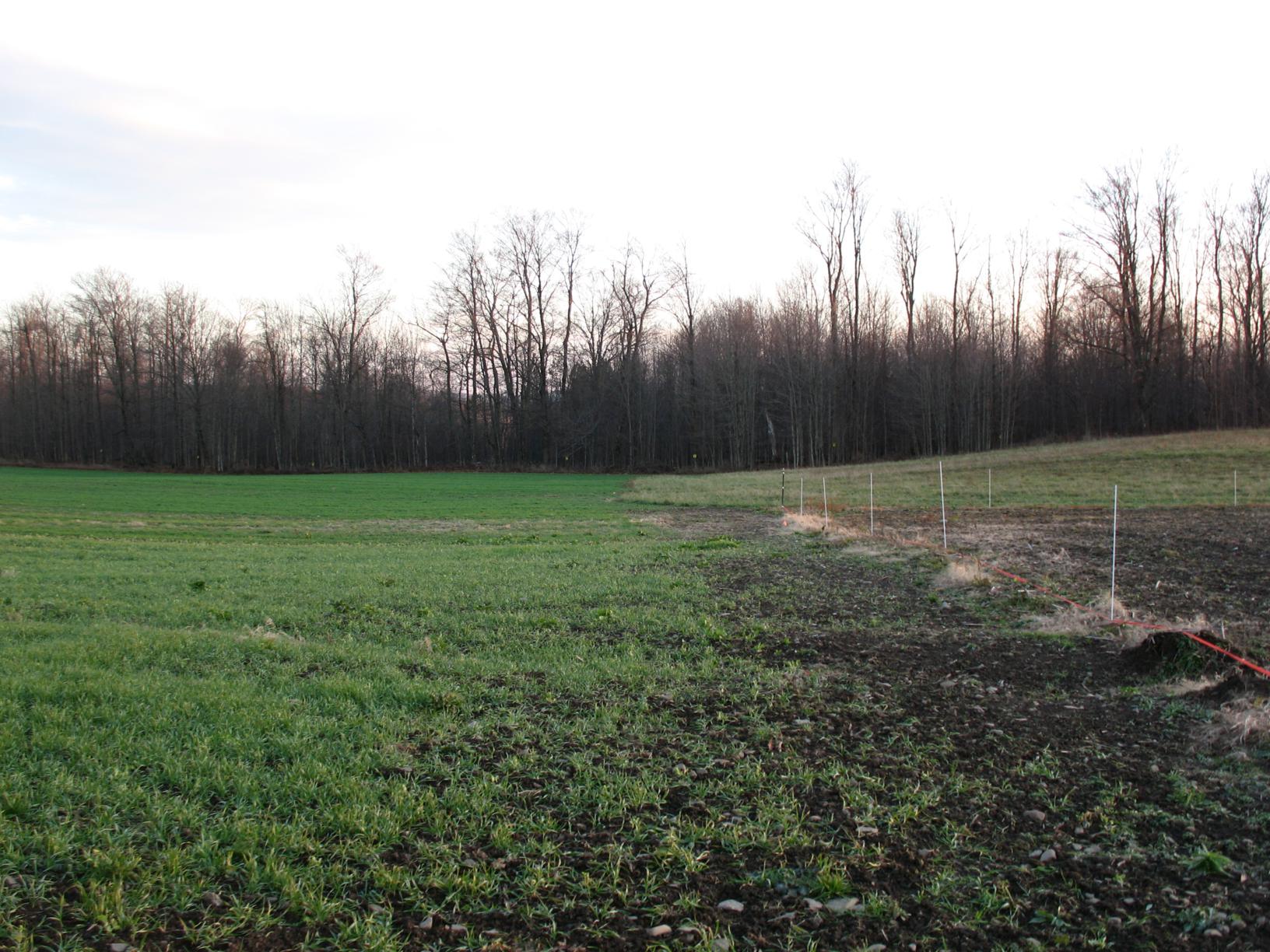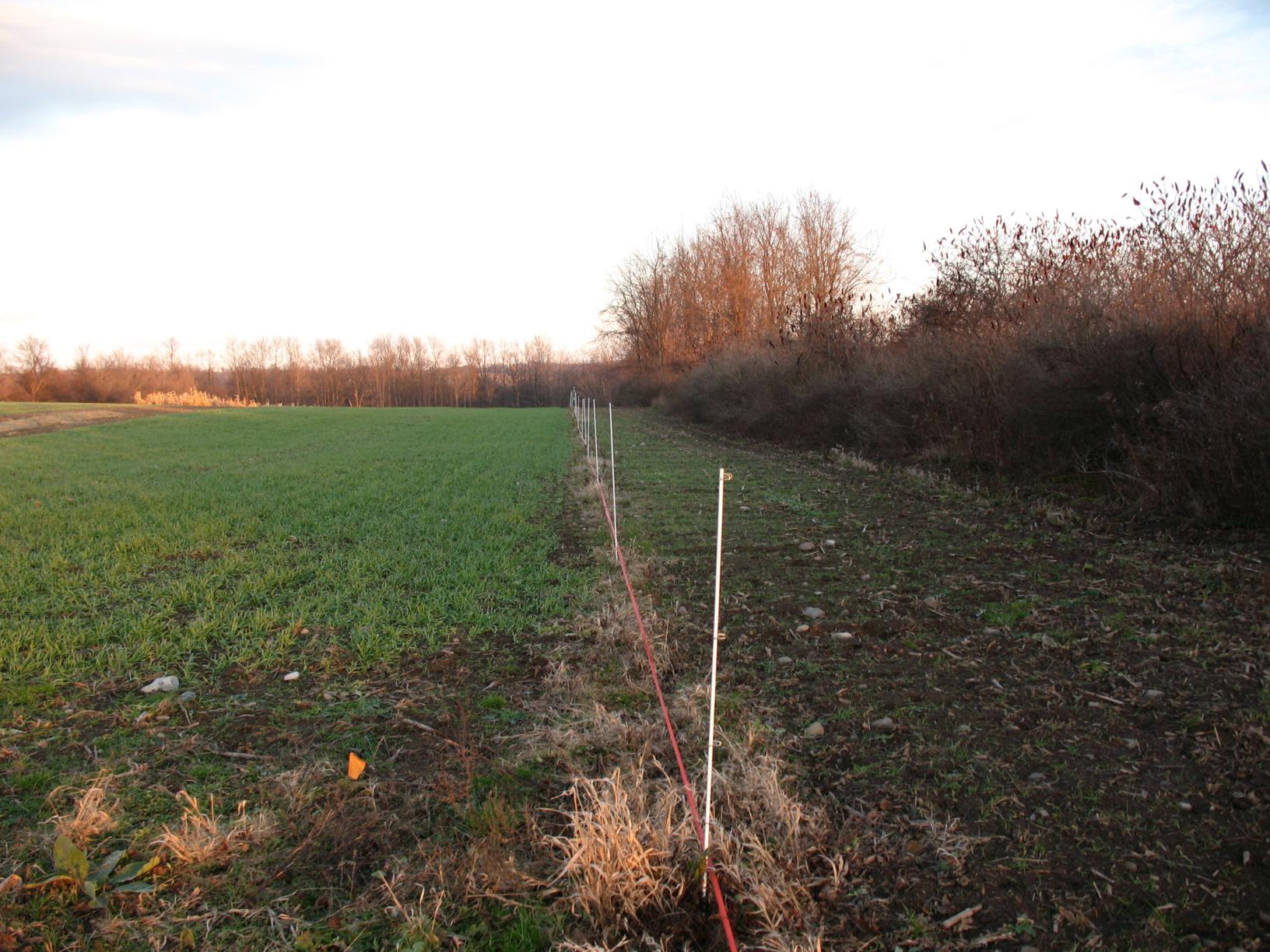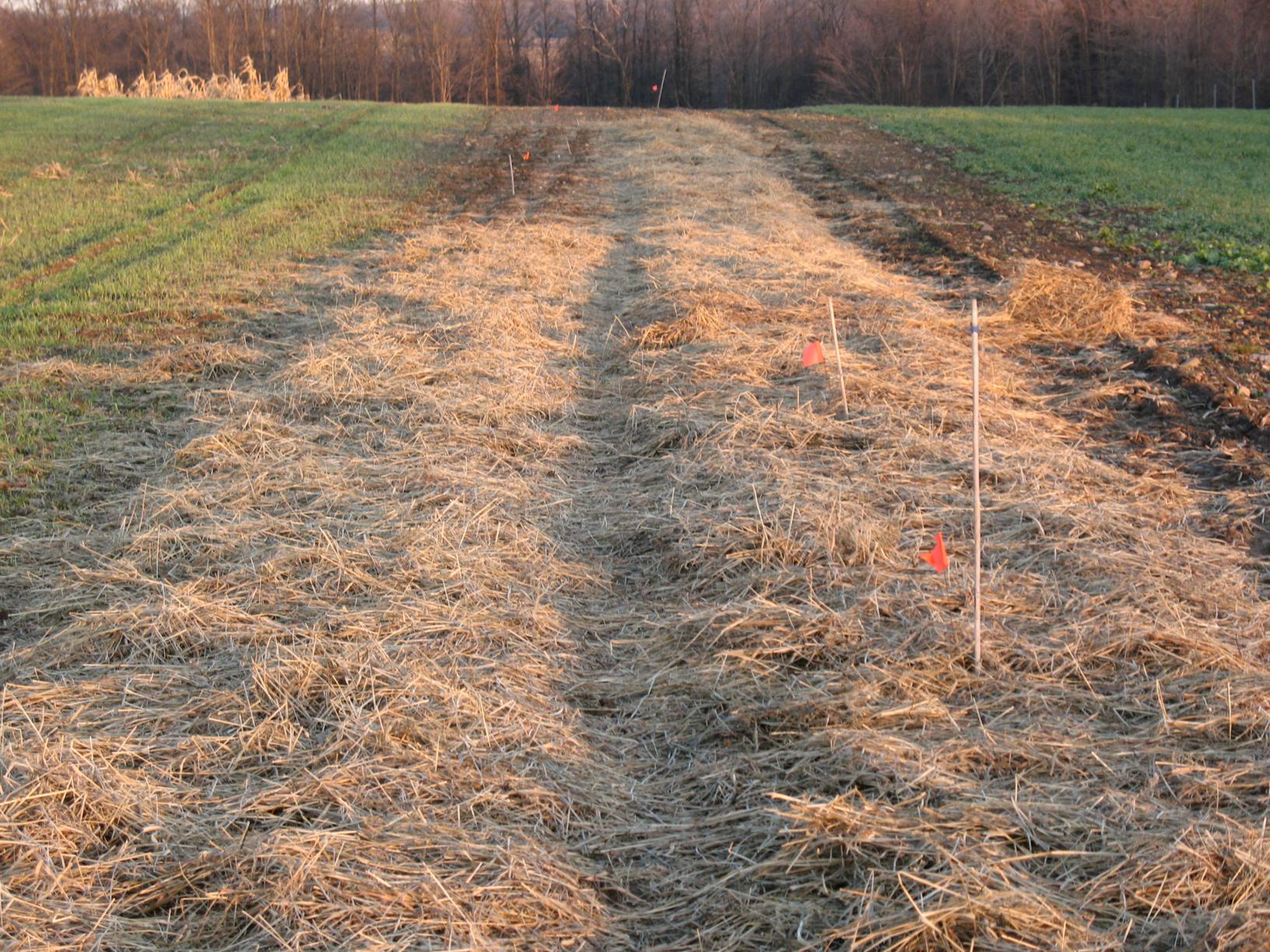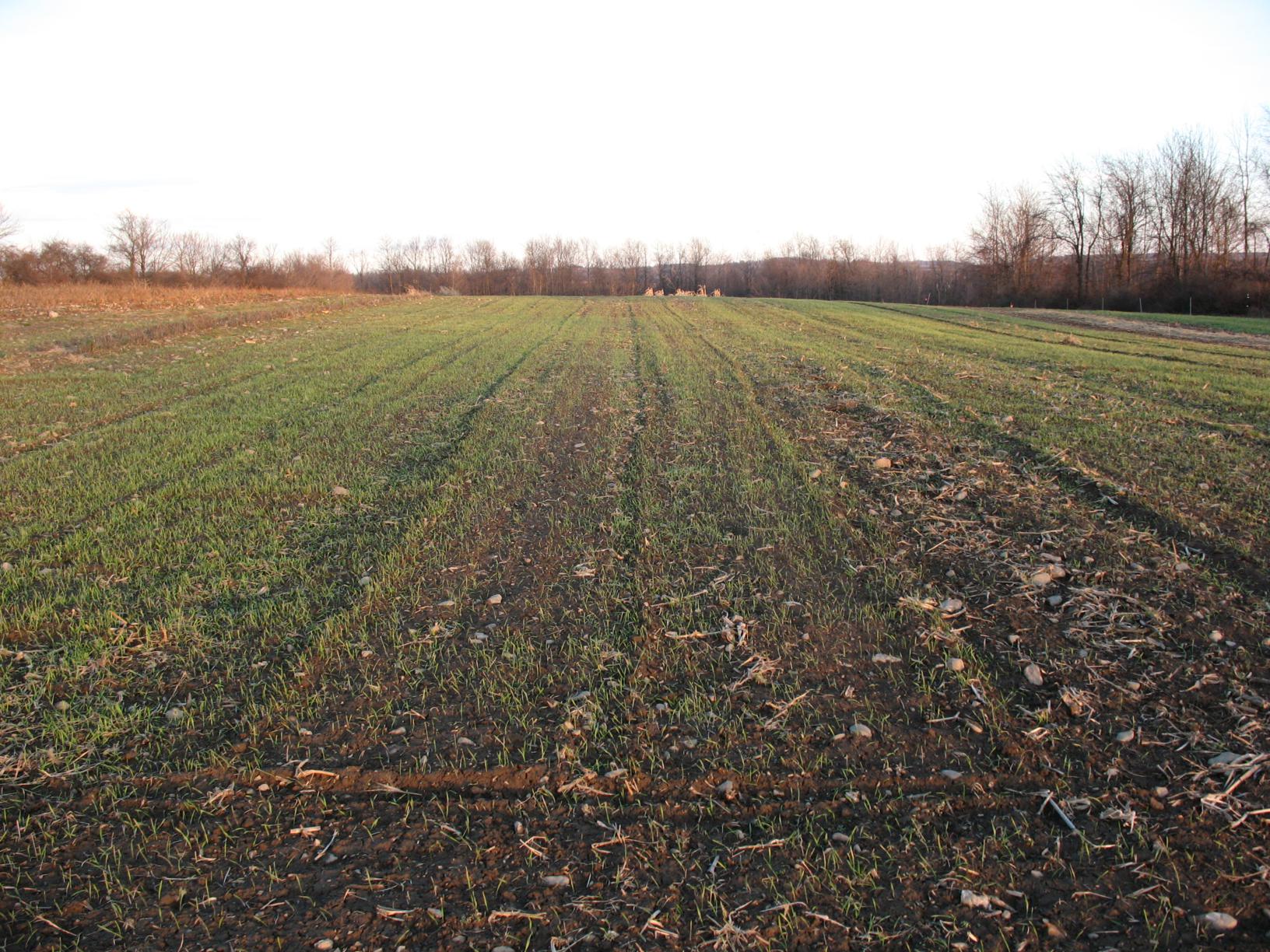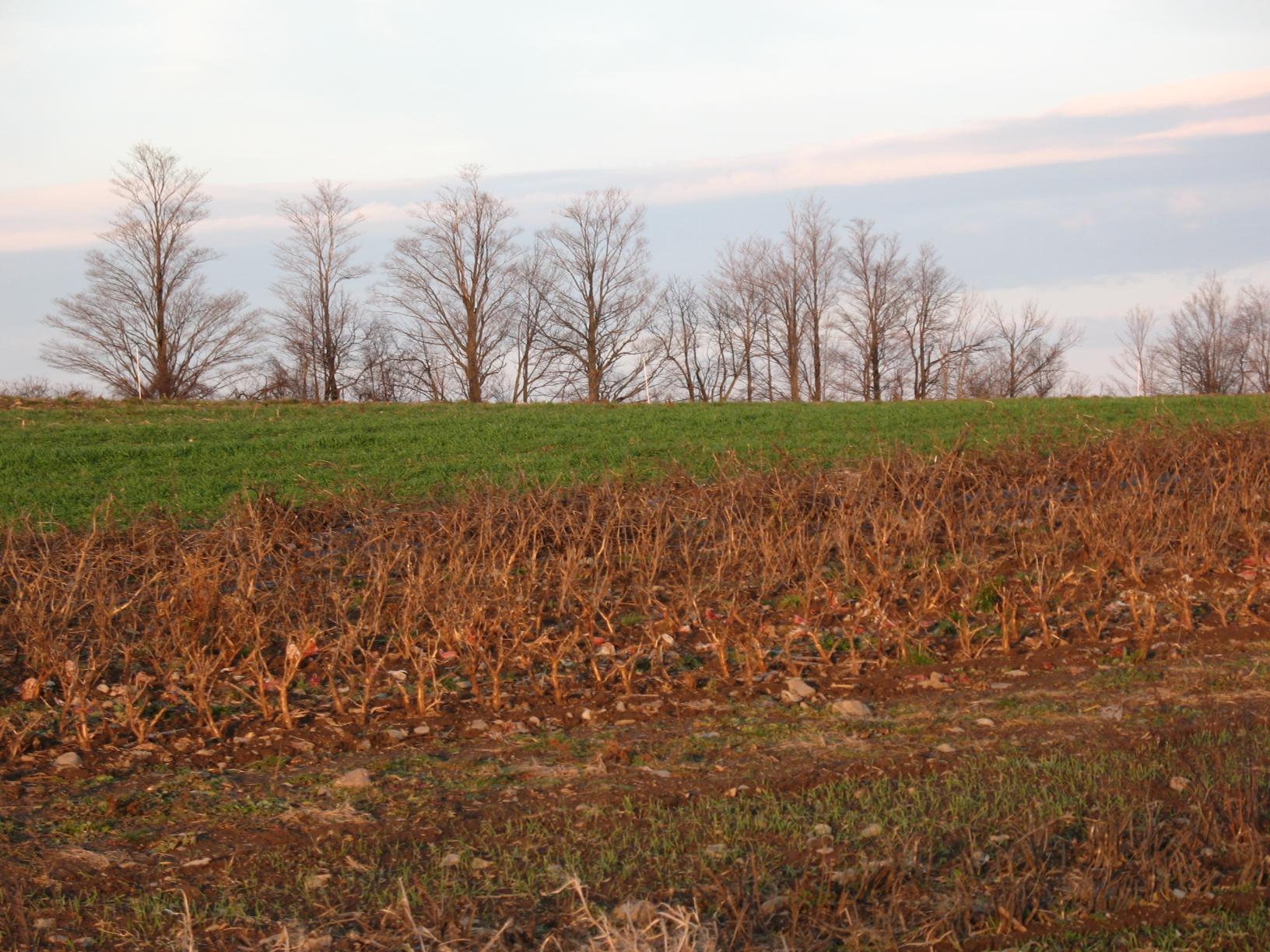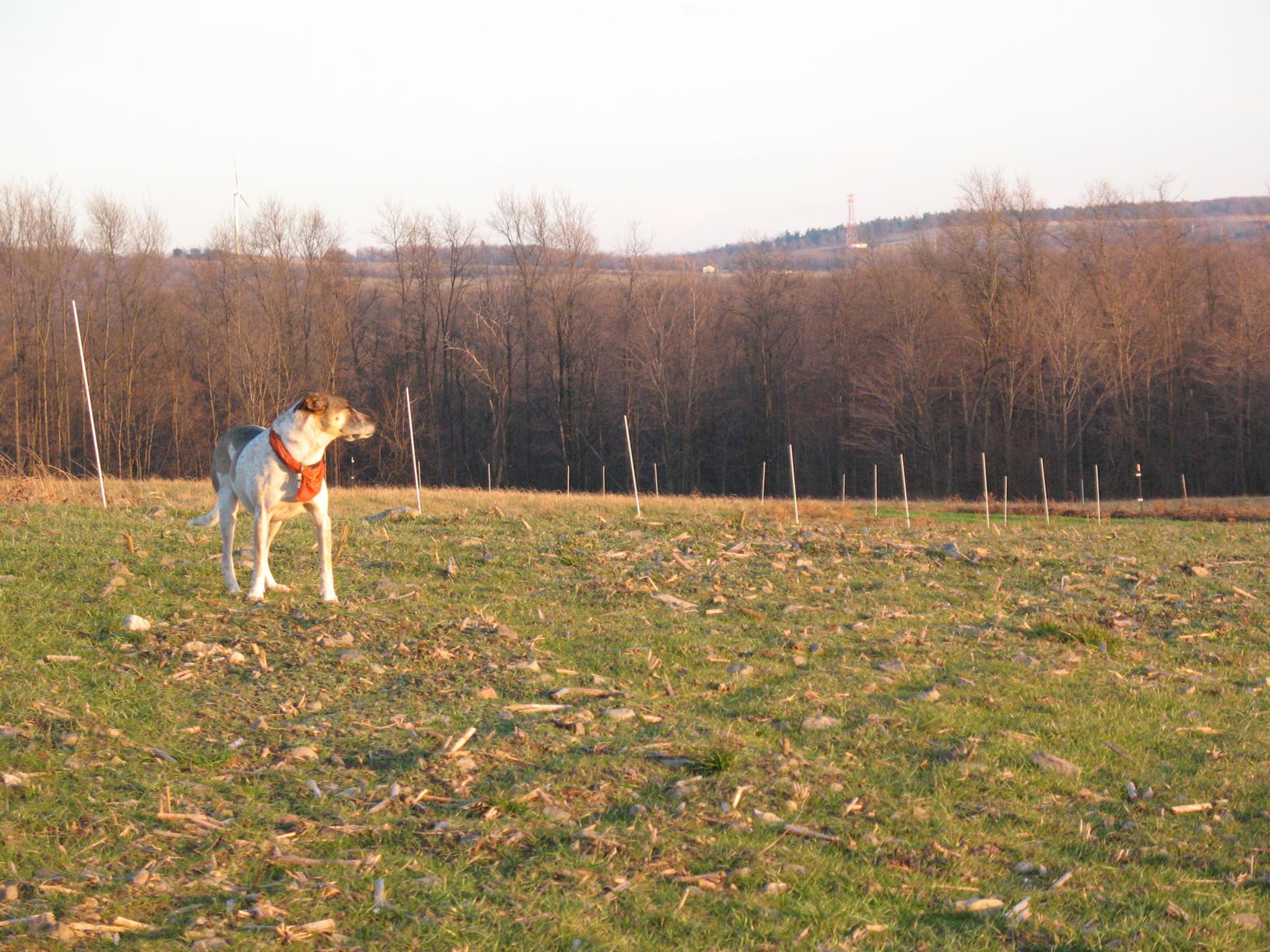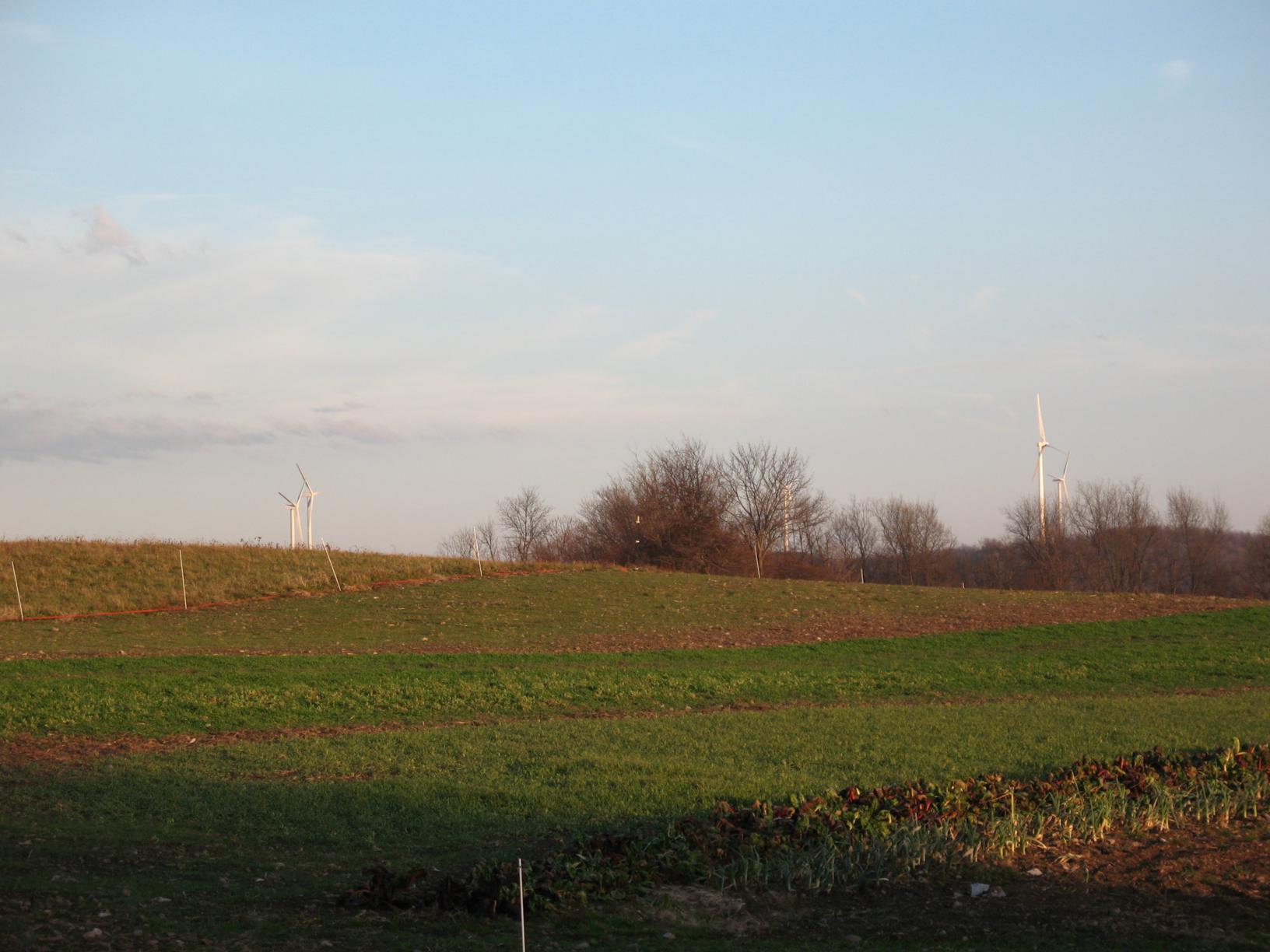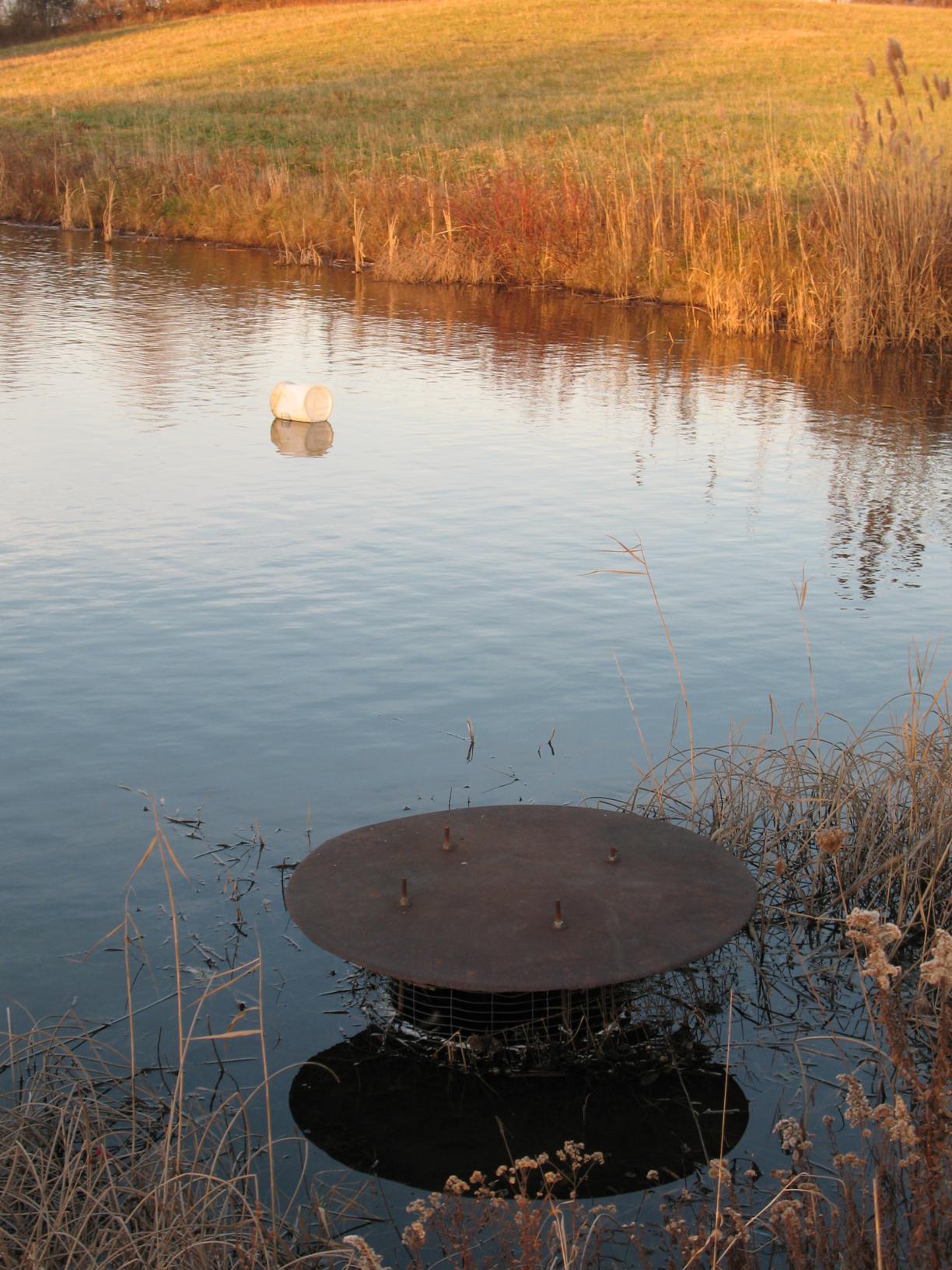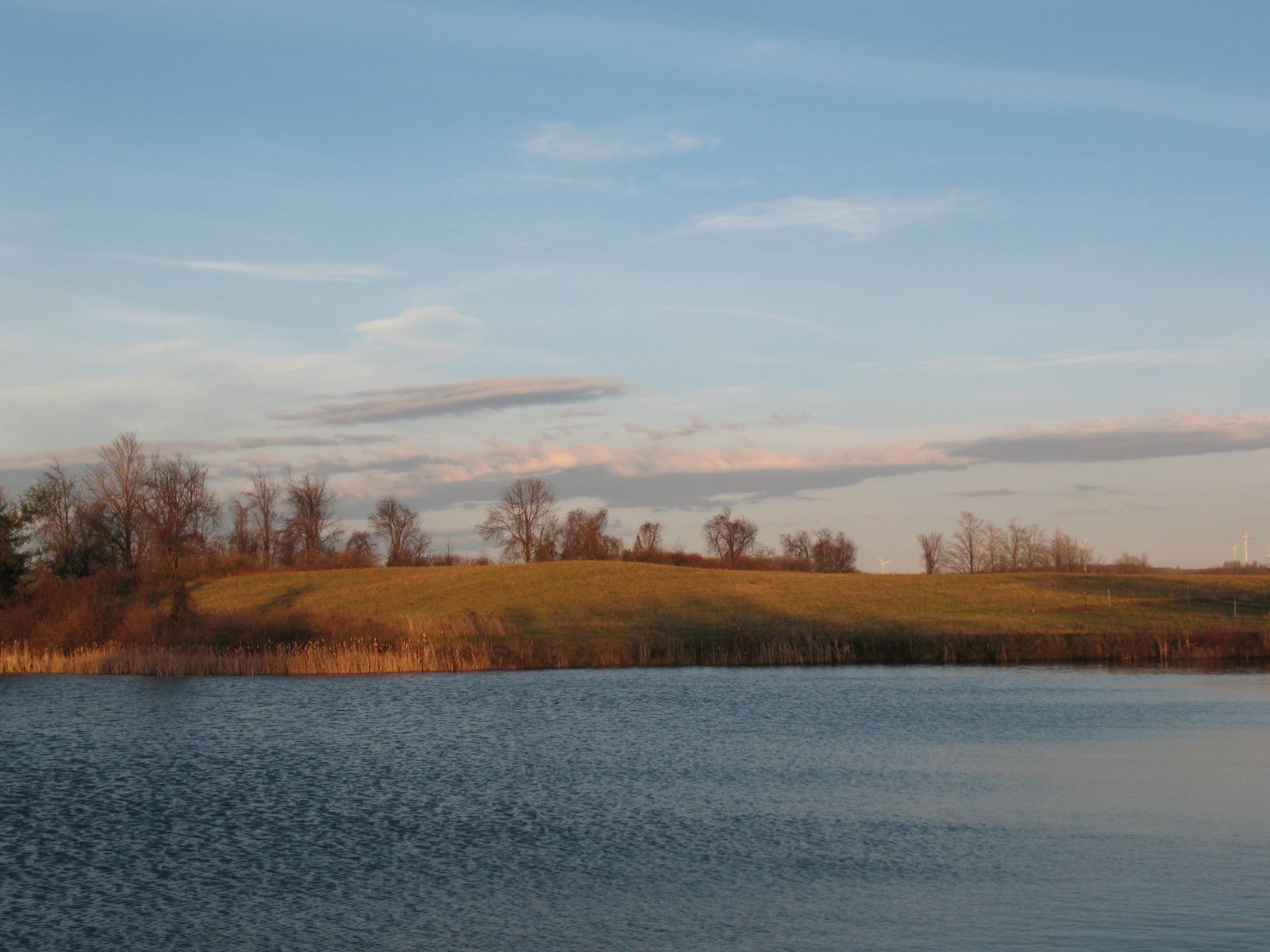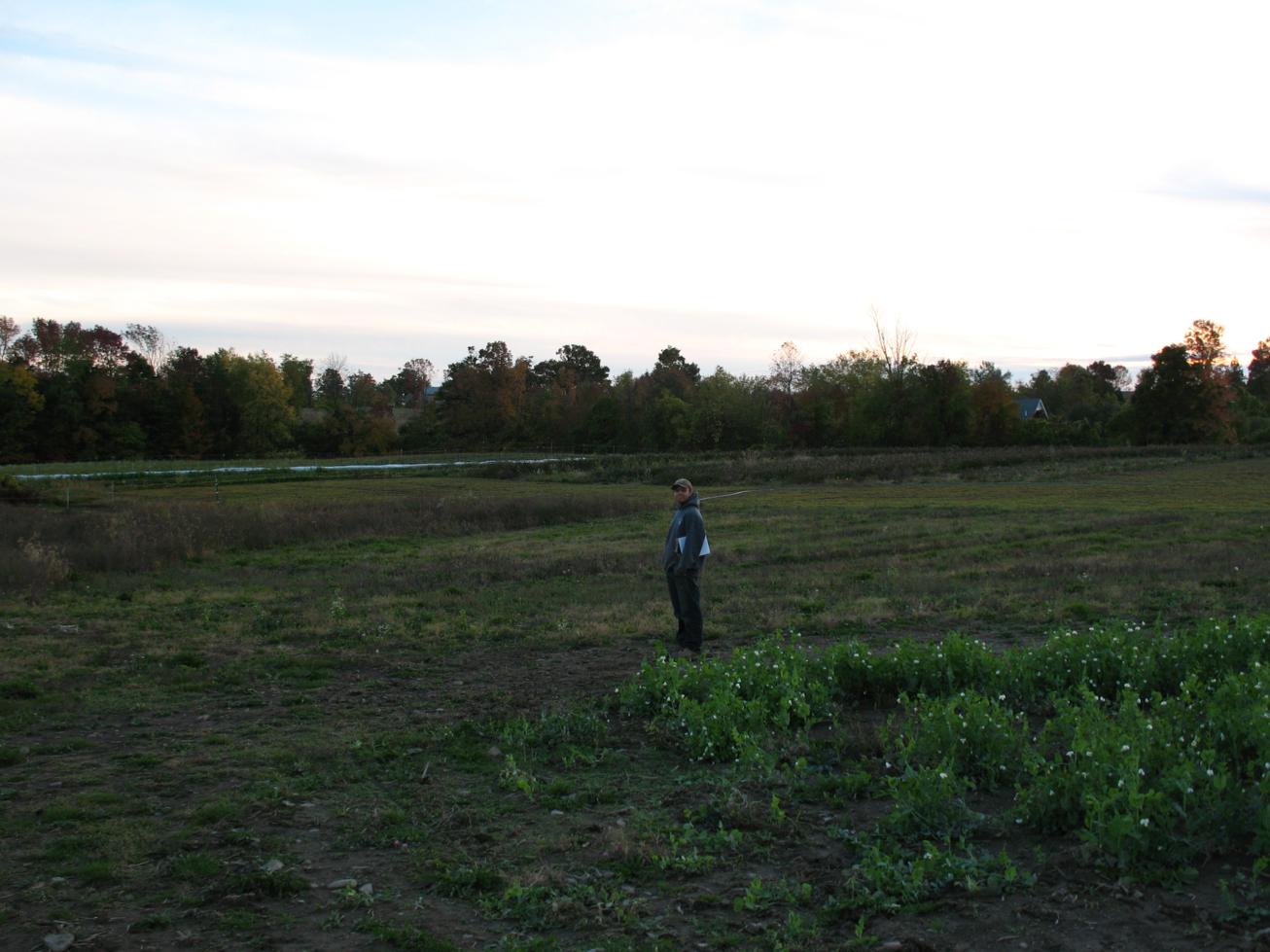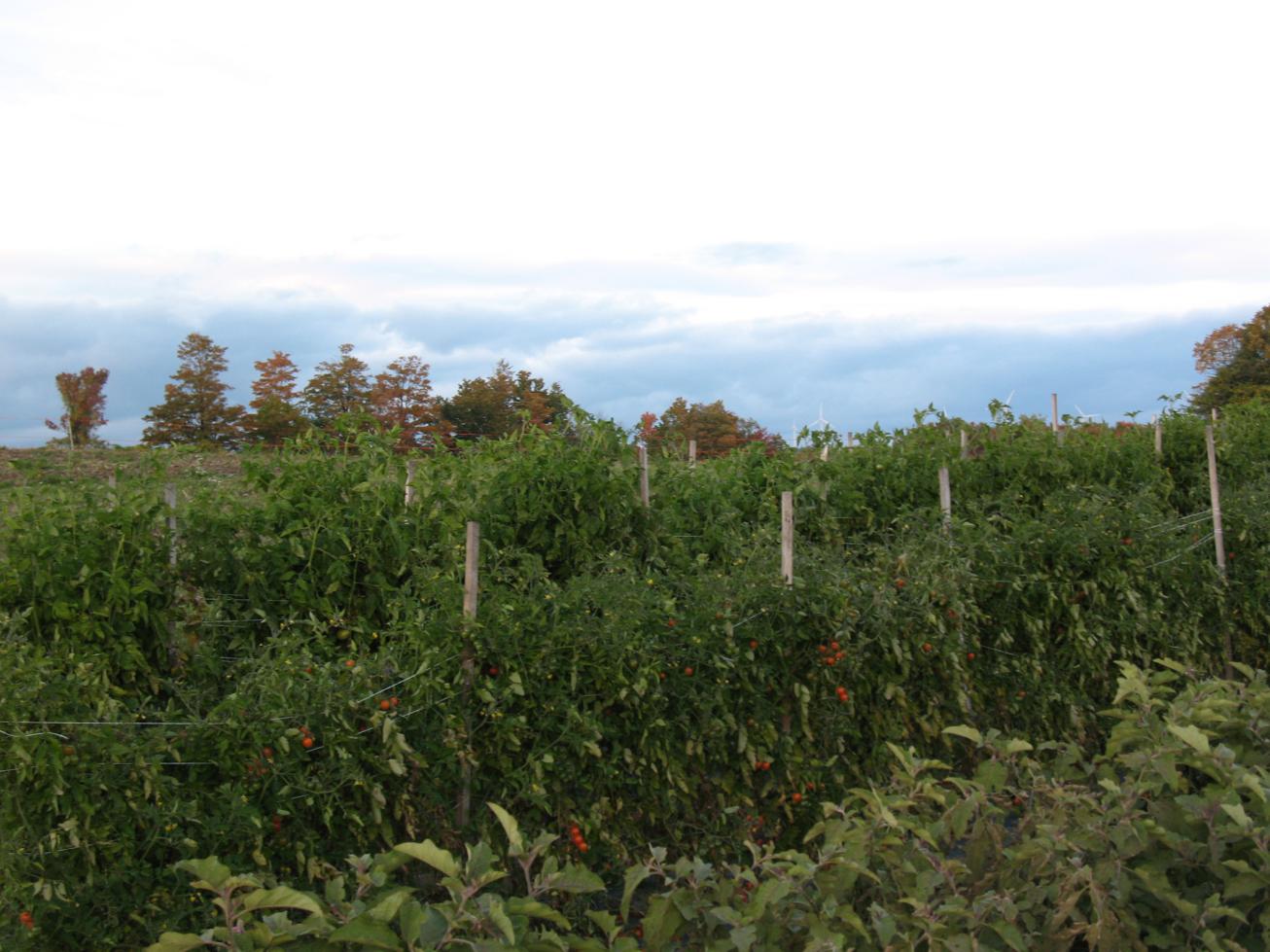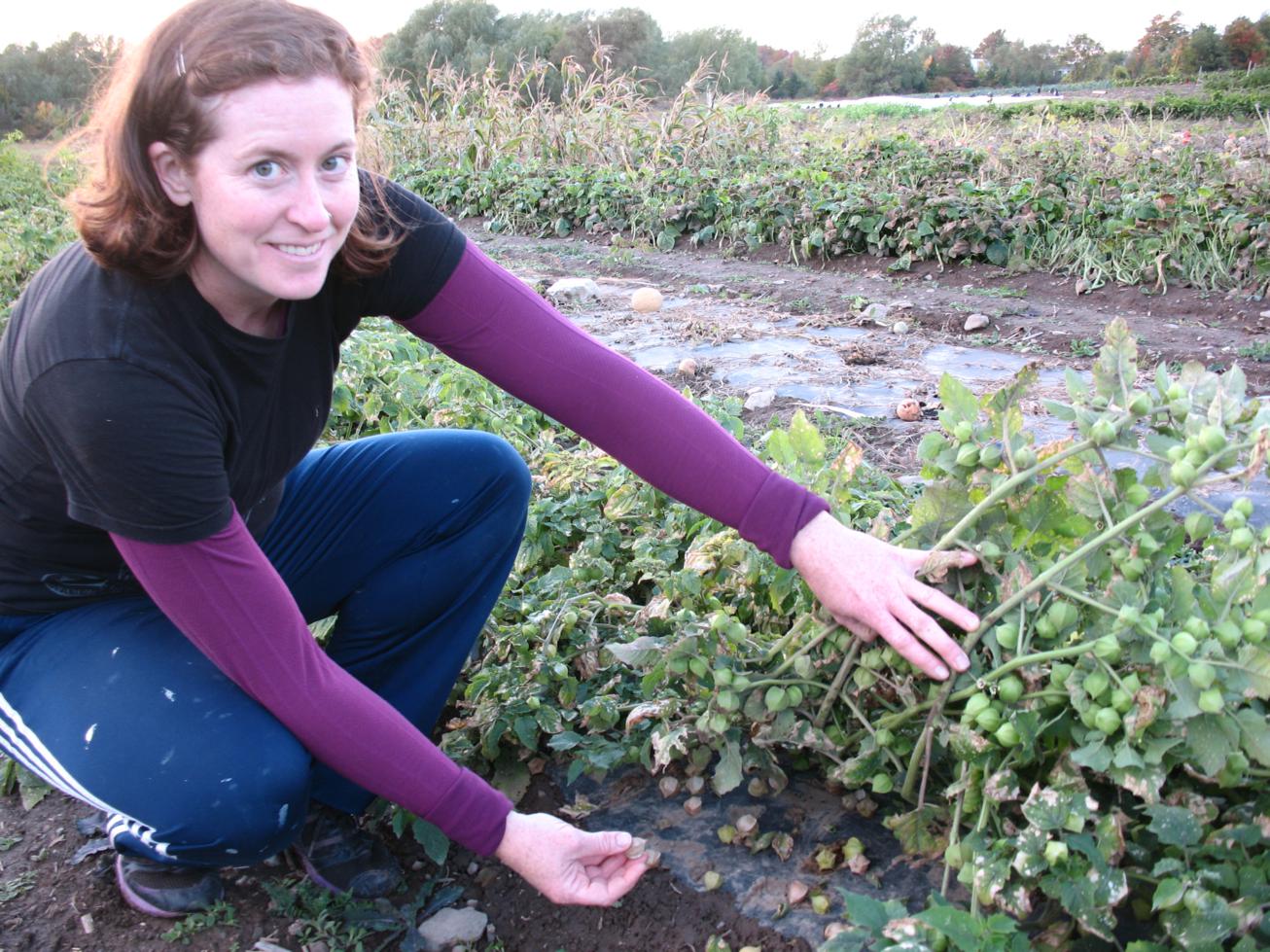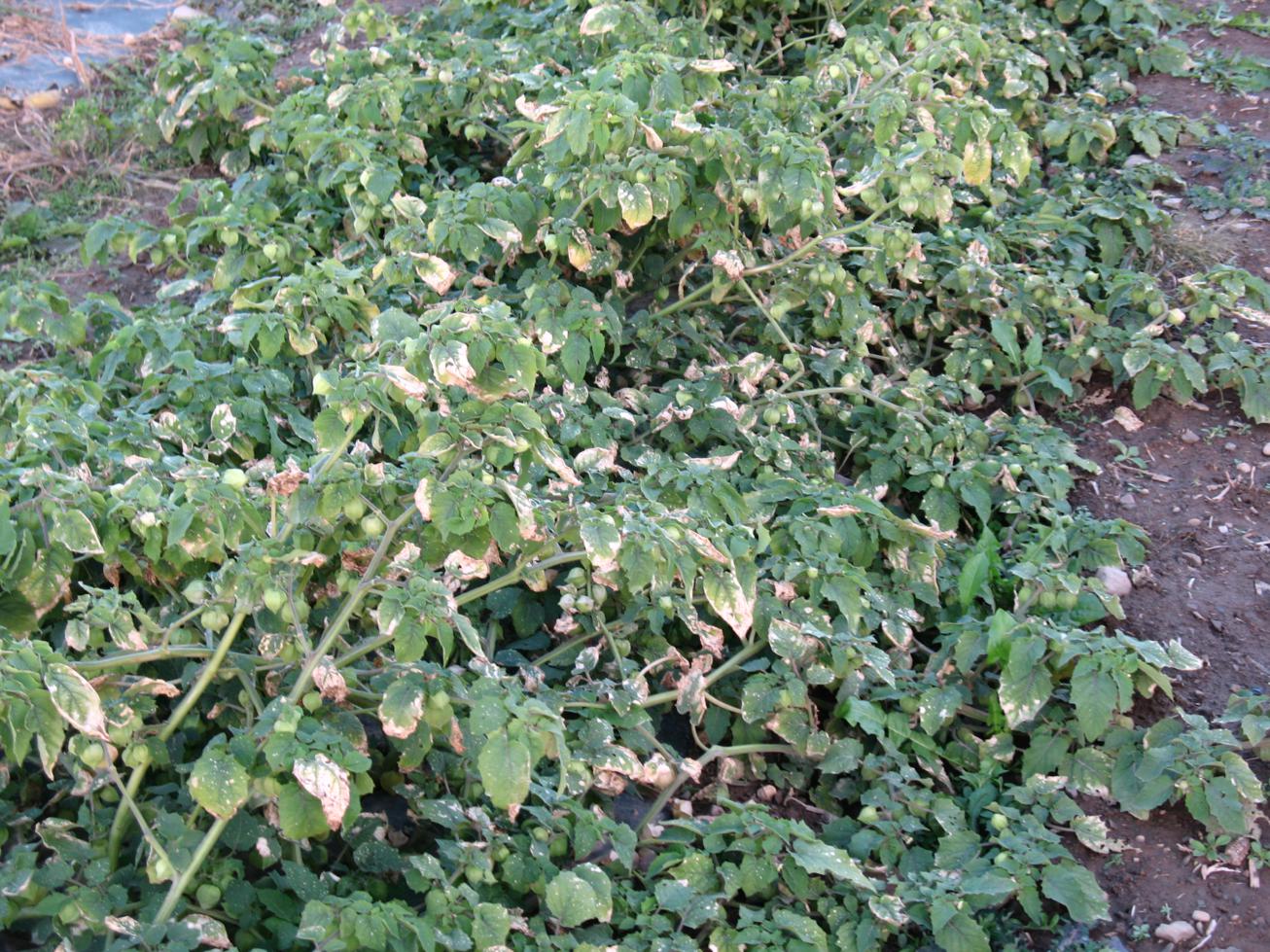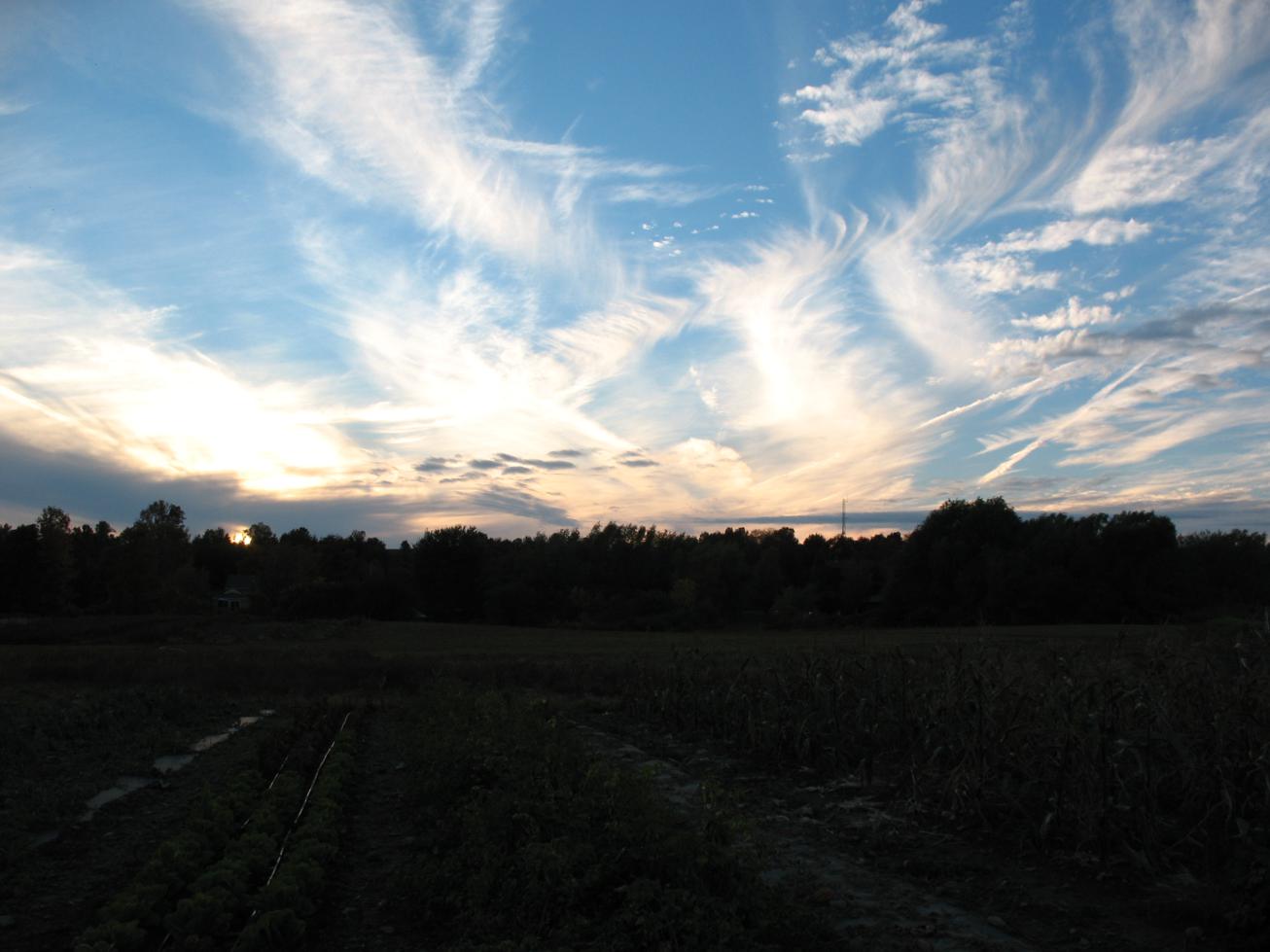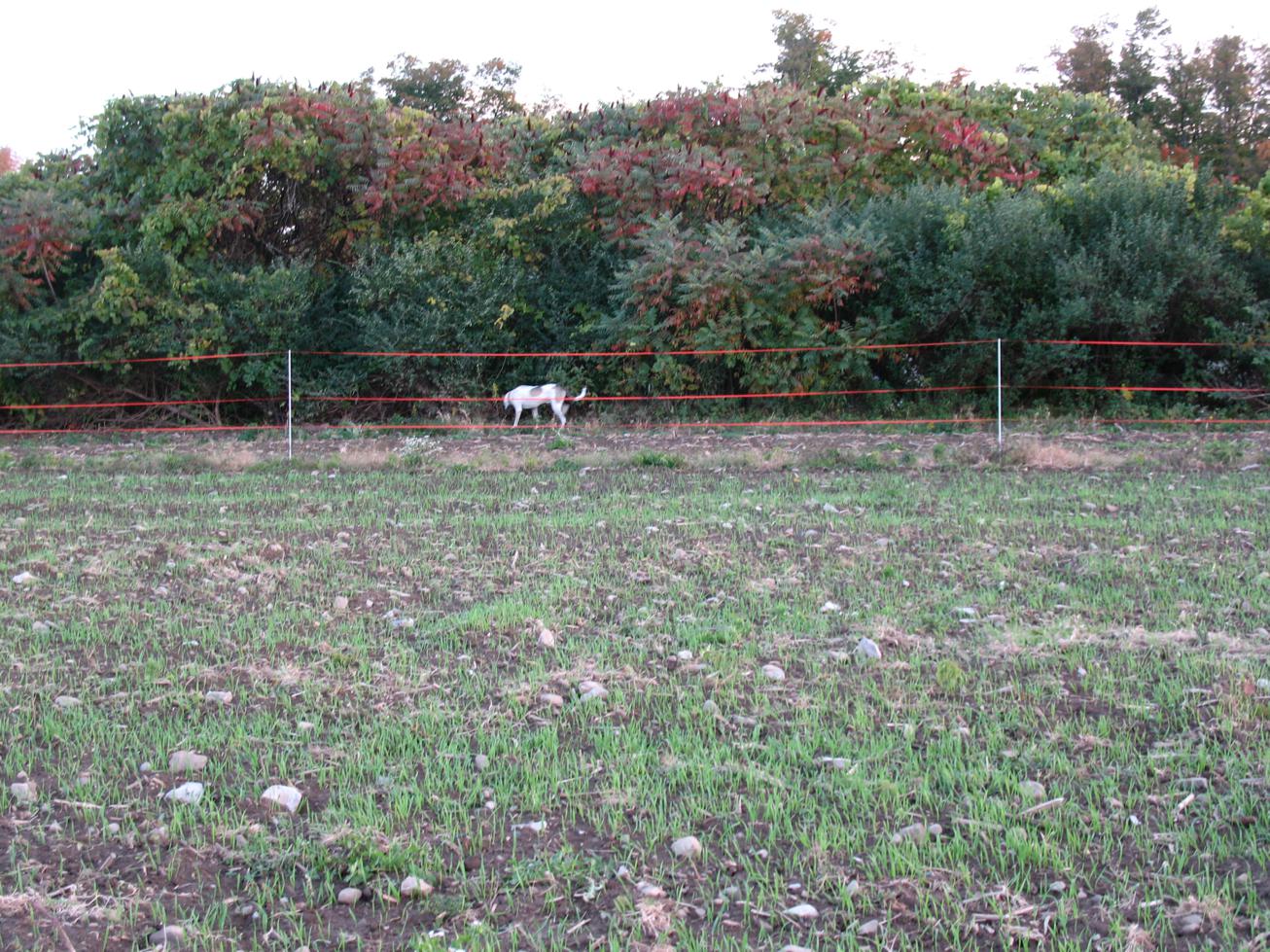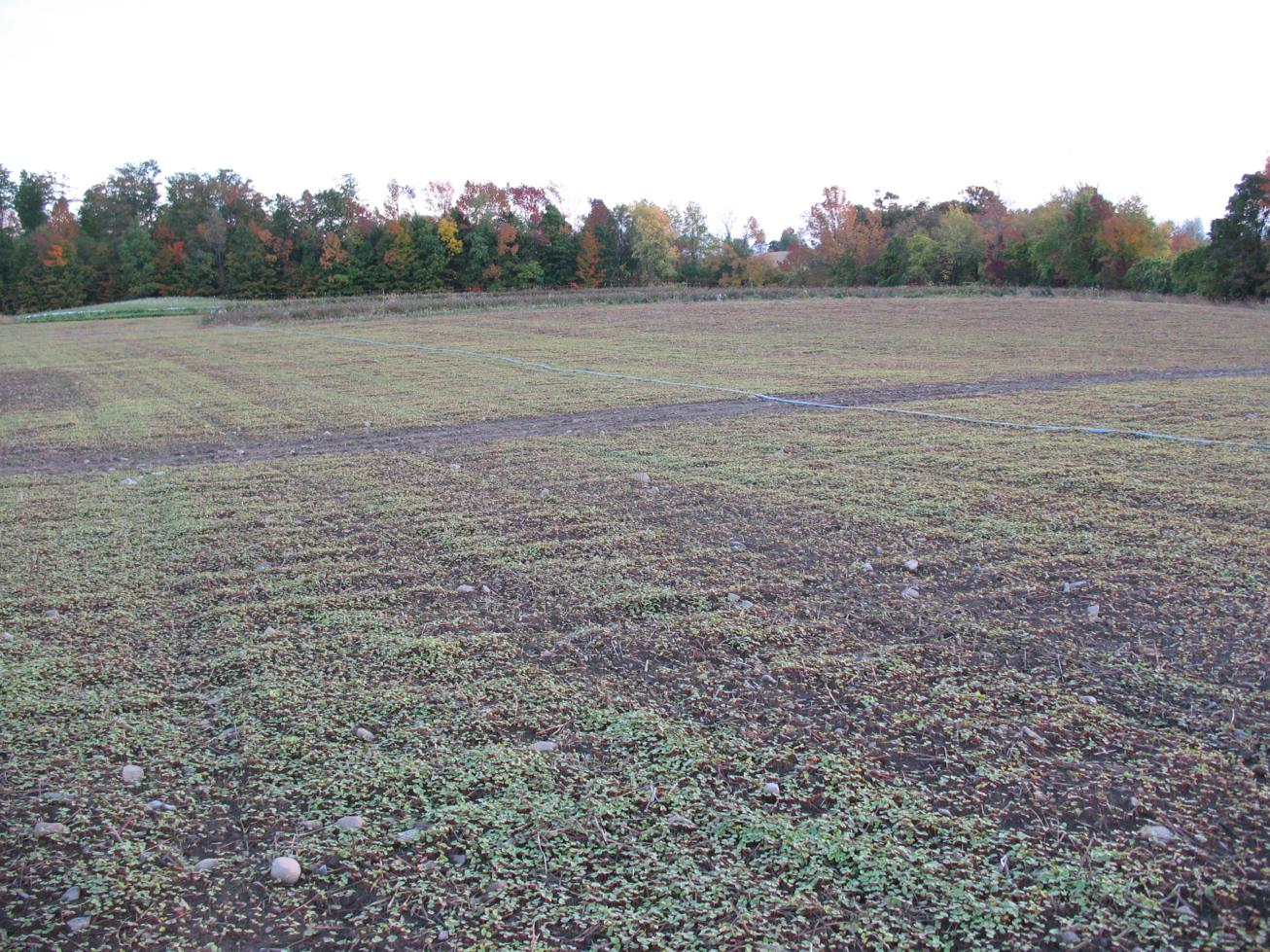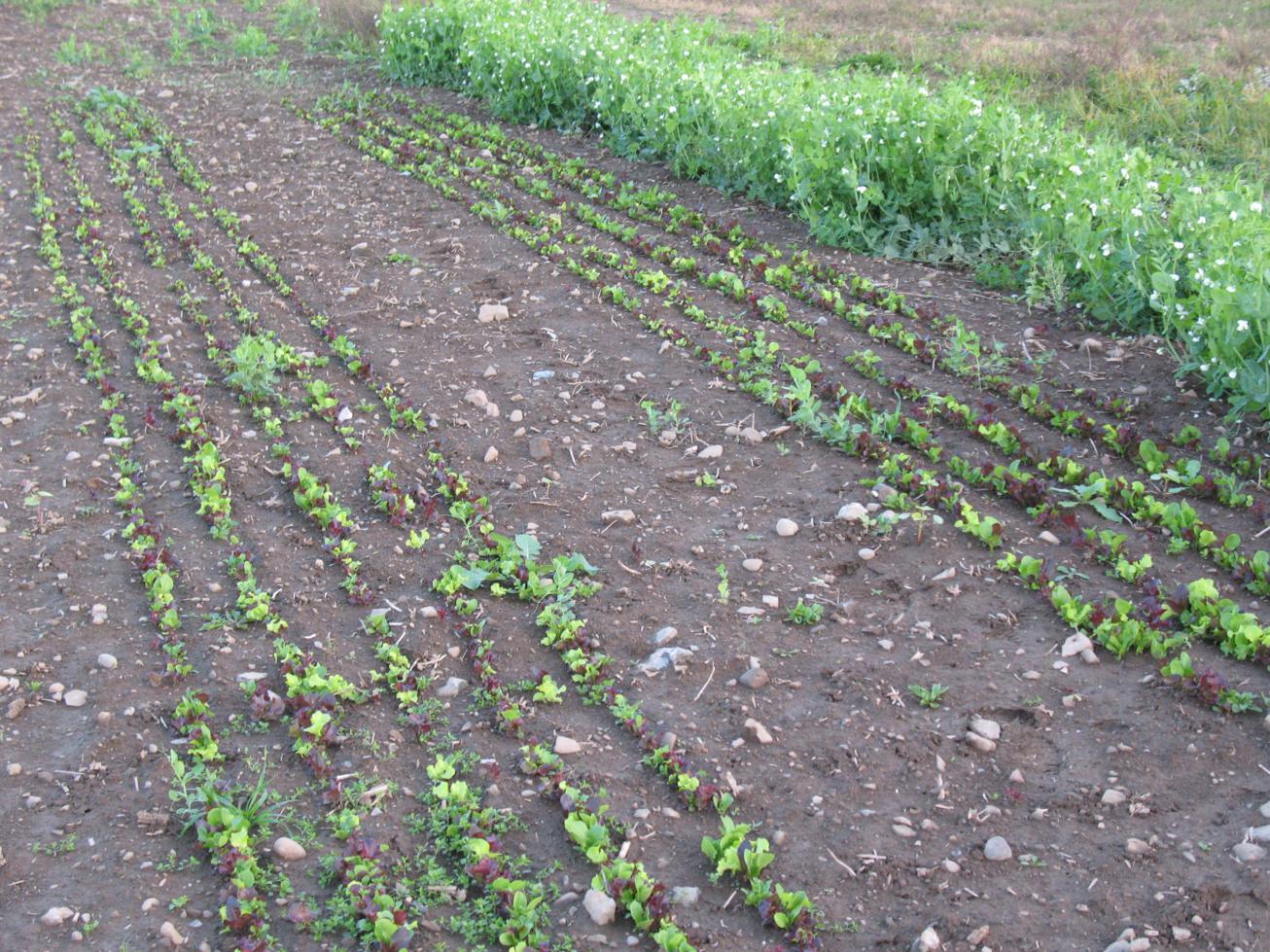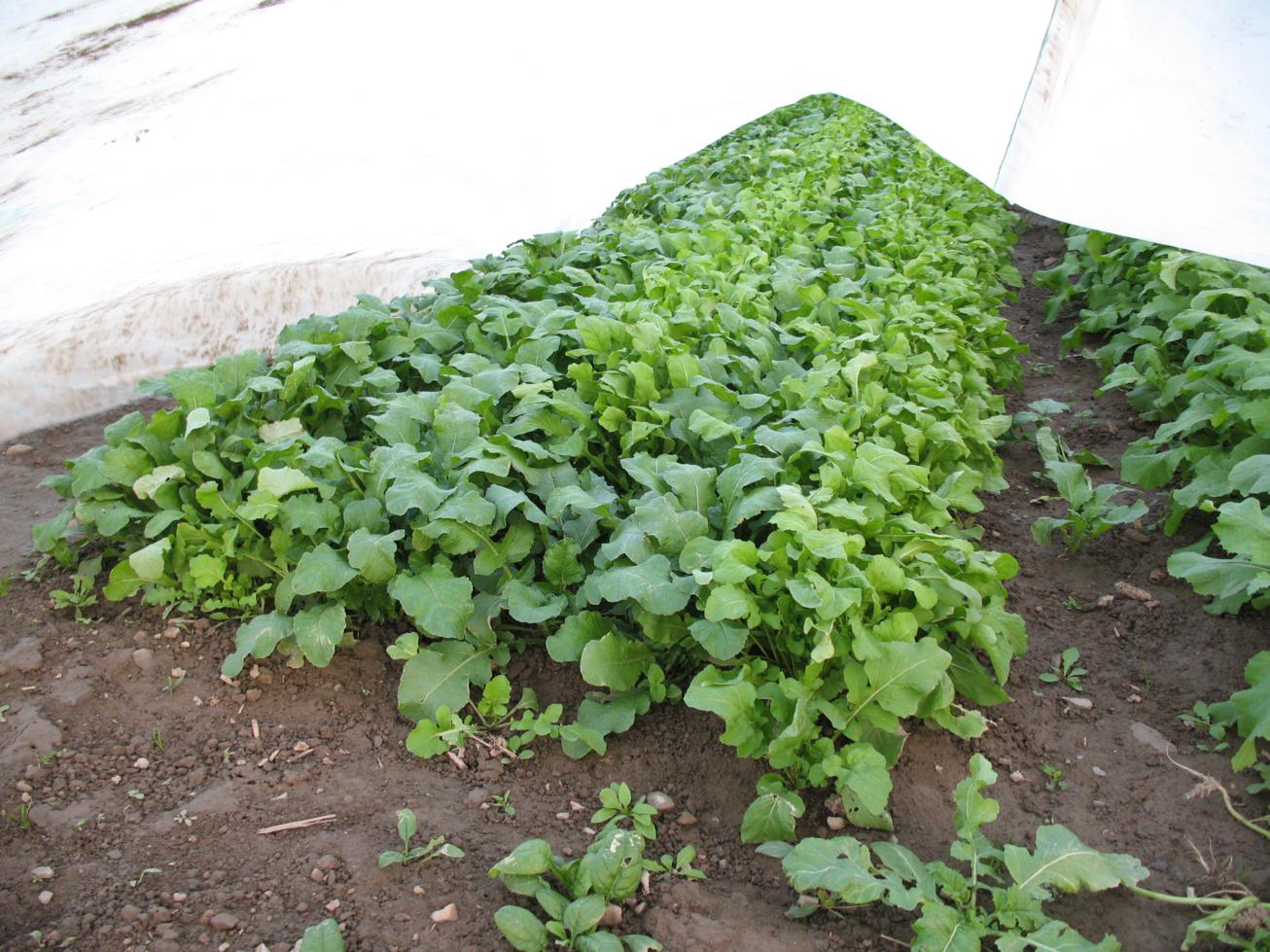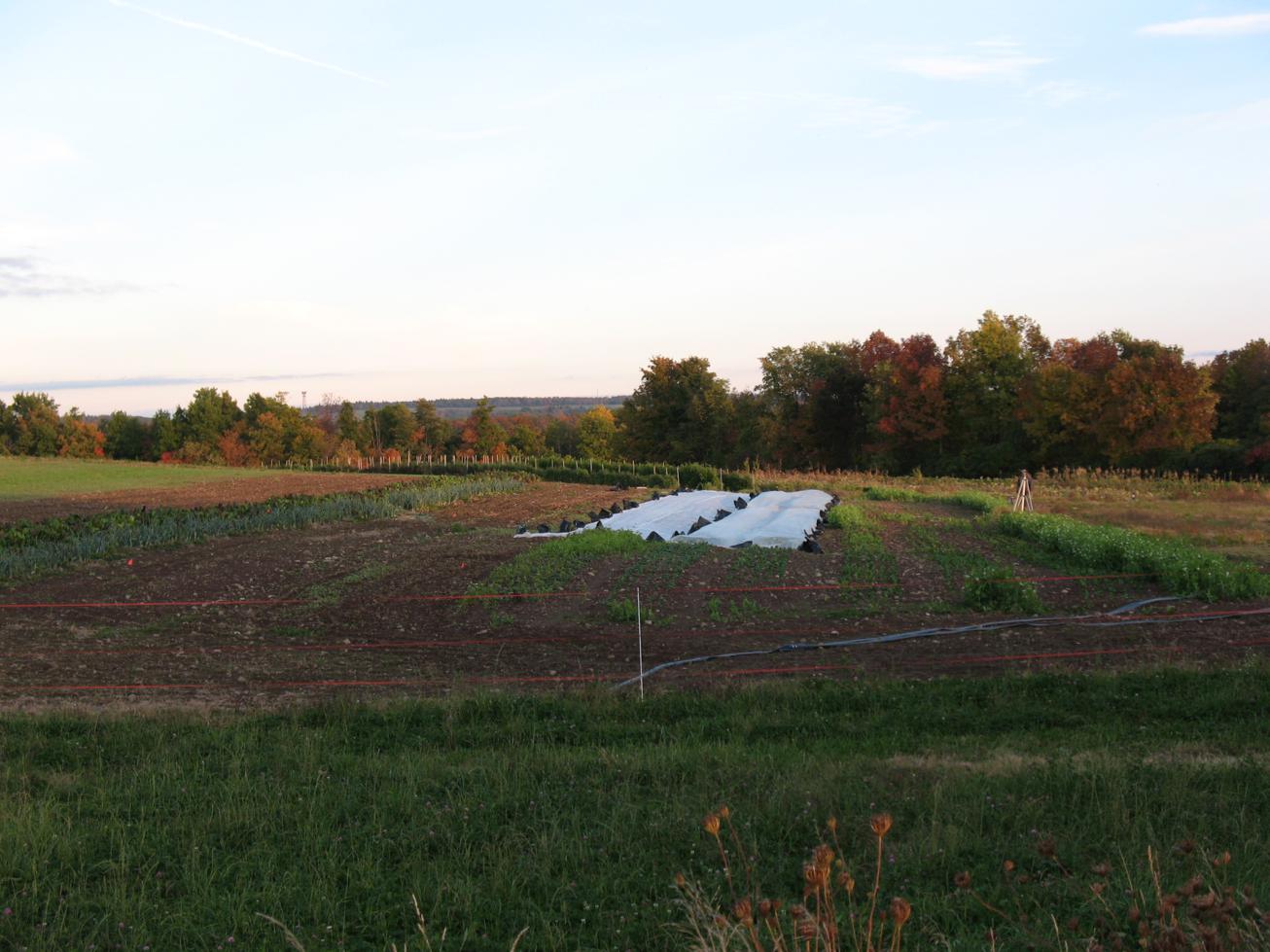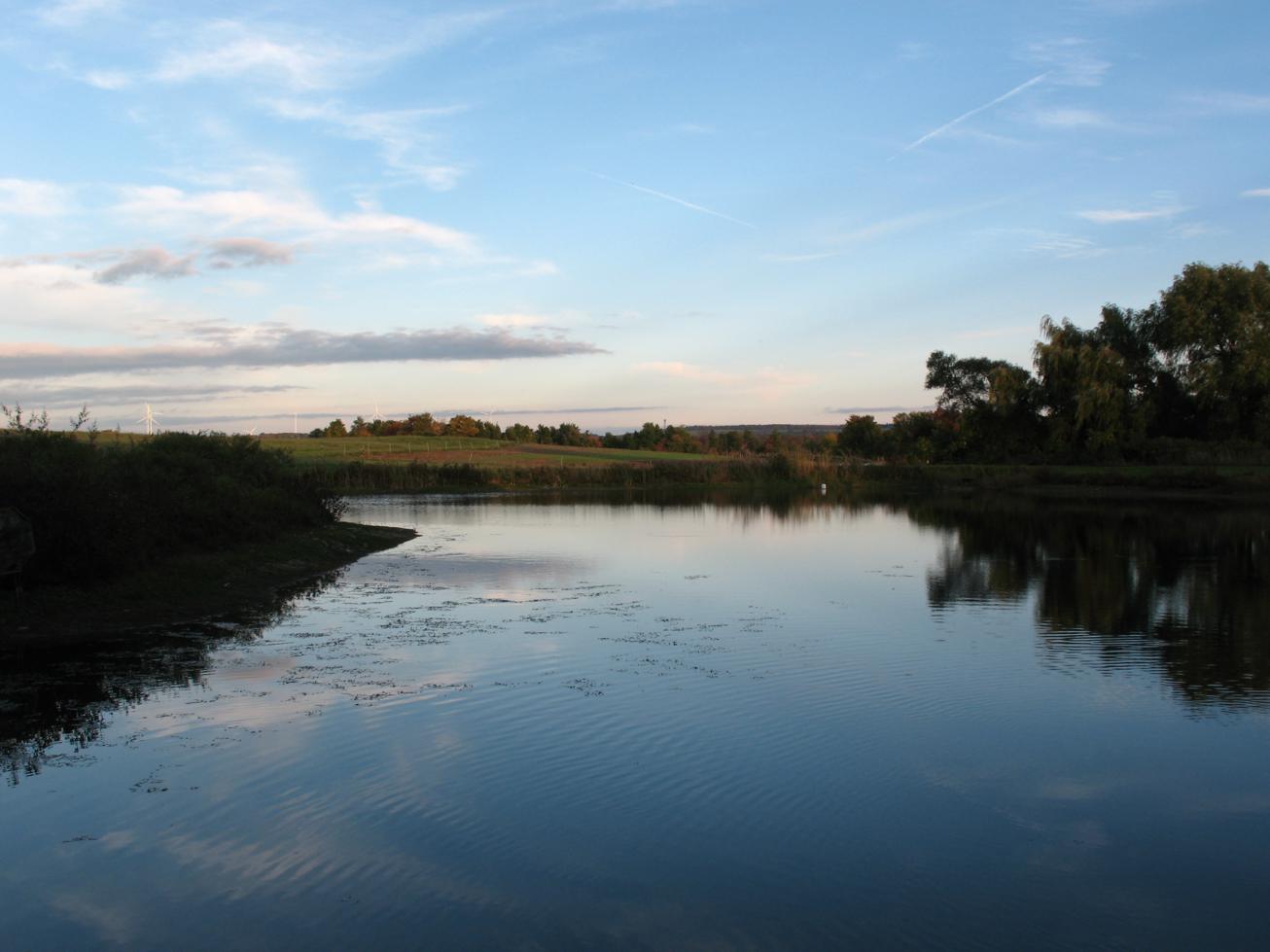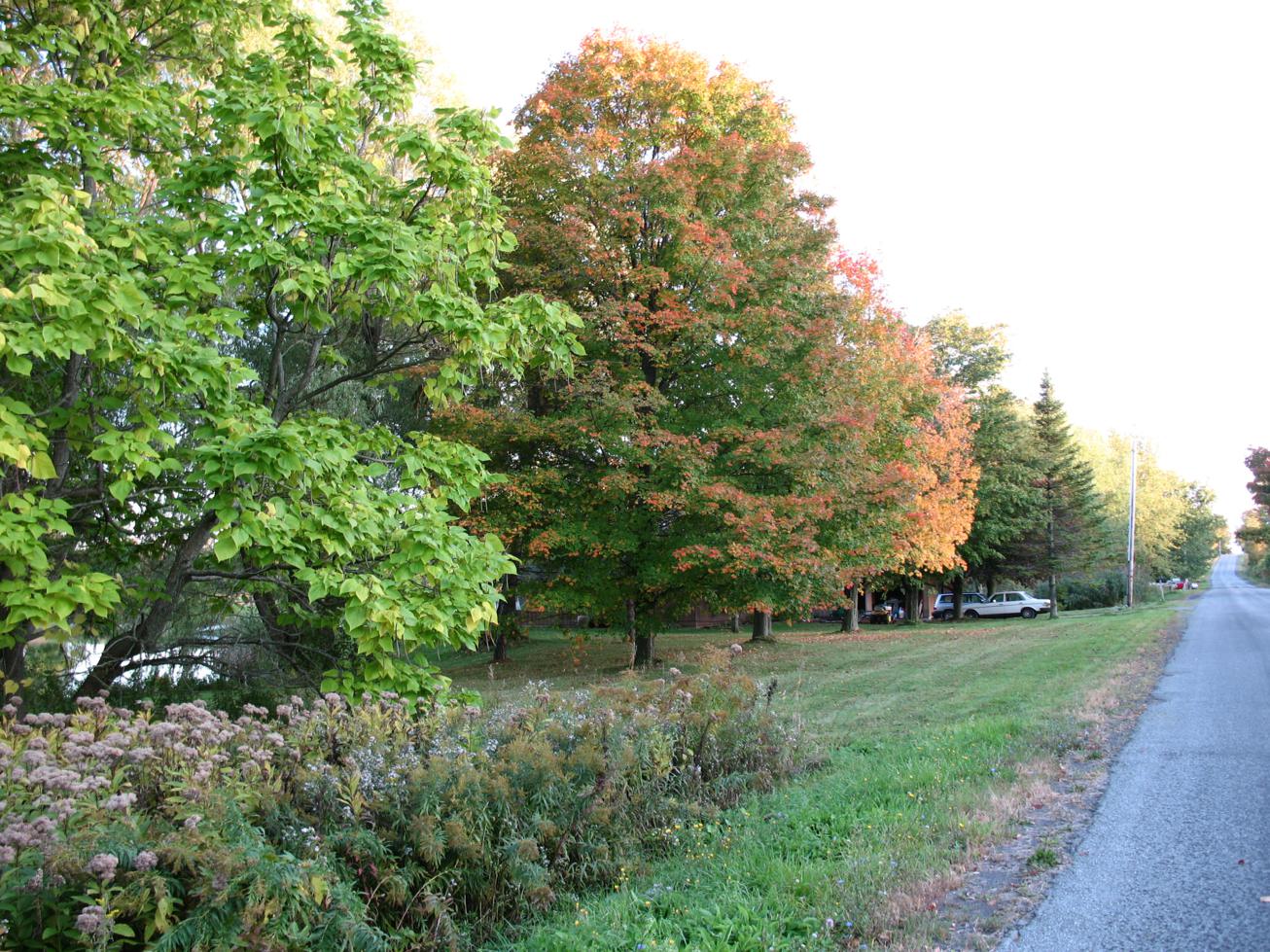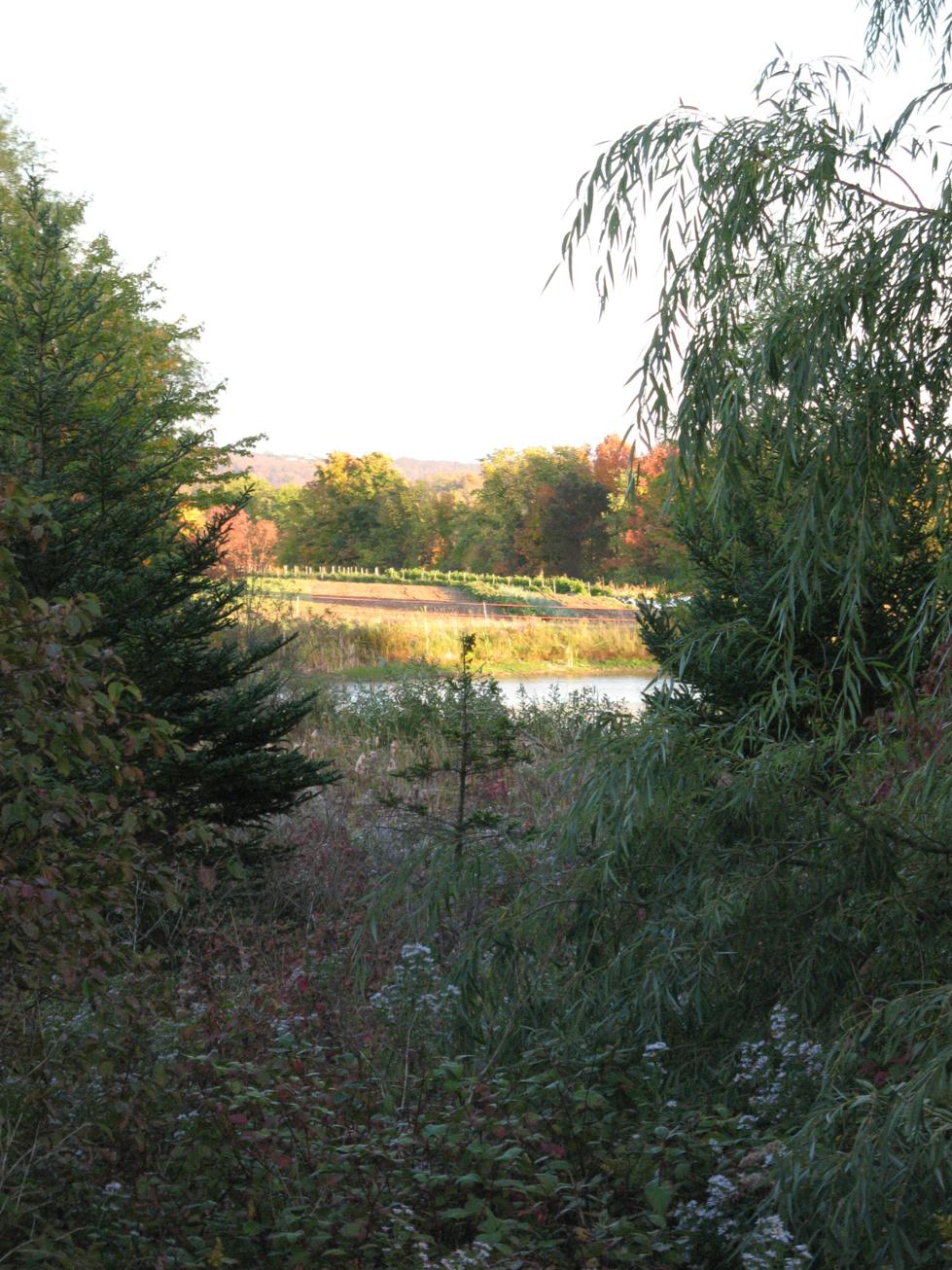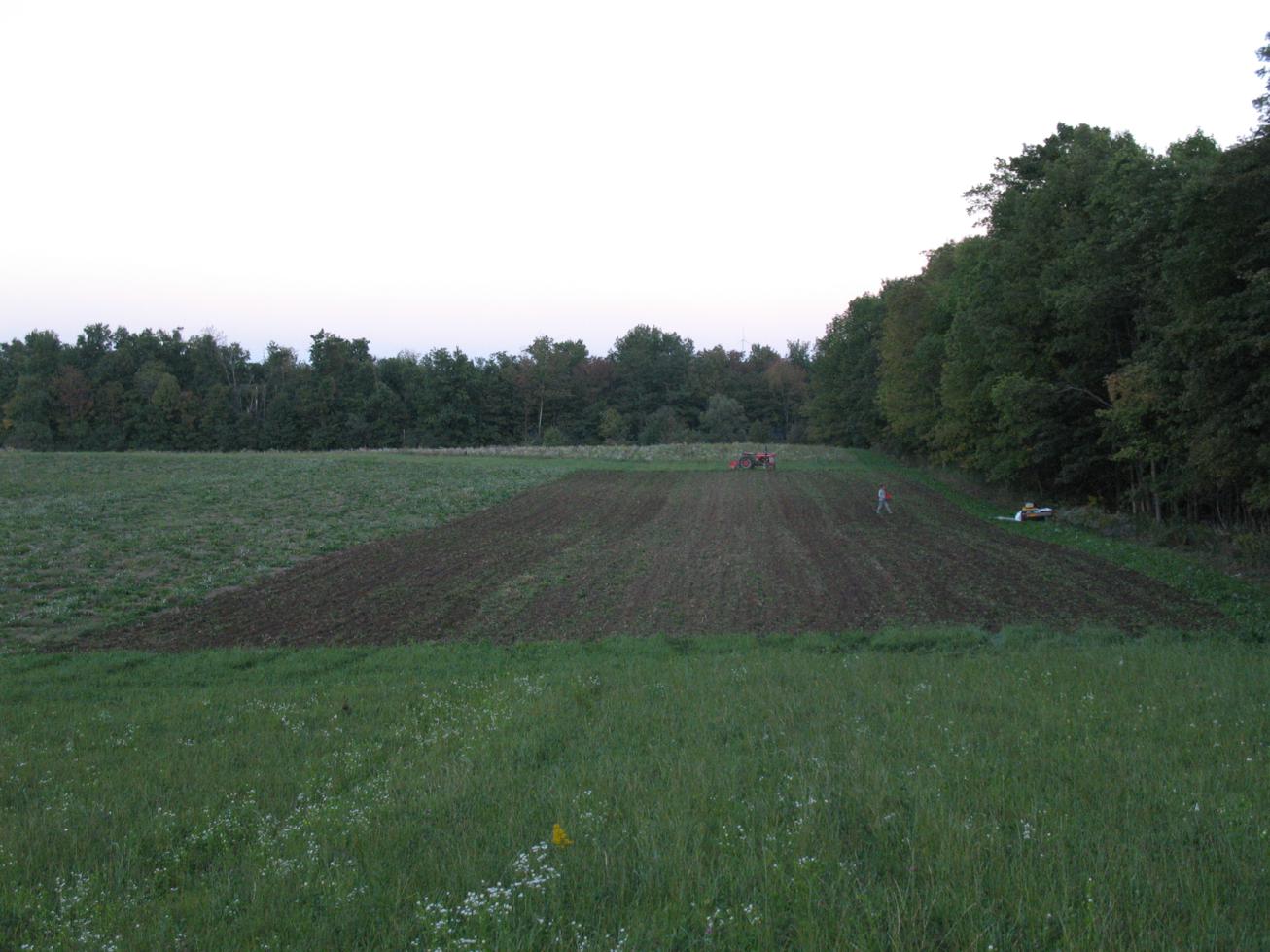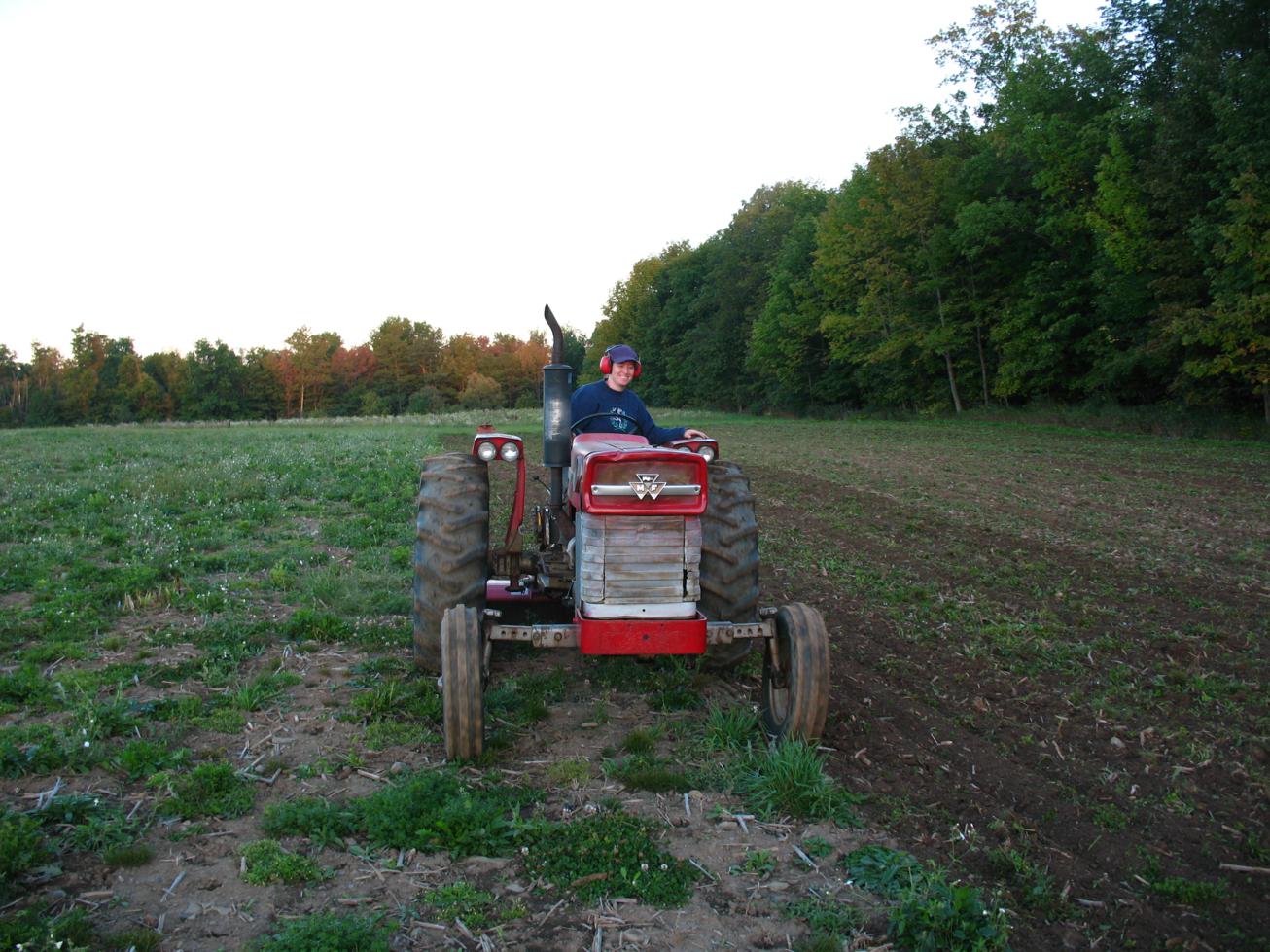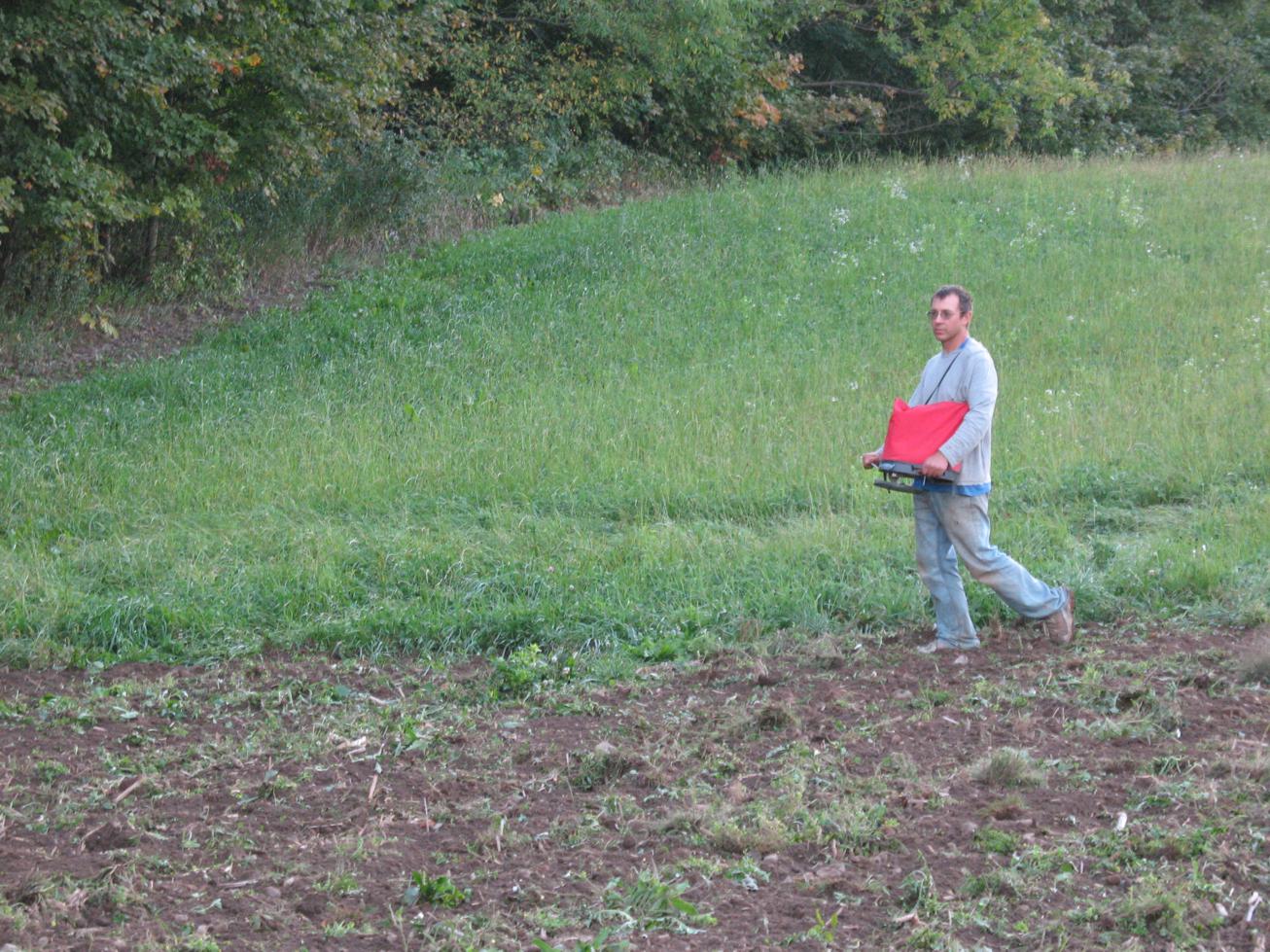Getting the Veggies in the Ground!
/... between the raindrops, that is! We've not had much time to post since our last big rain event because it's been raining on and off since then, which keeps us really busy trying to squeeze crops into the ground and stay on top of the weeds (which LOVE wet weather). We can work around the rain but it's a lot harder--your boots get so heavy with mud it's like walking through quicksand.
The last month or so has certainly been up and down. It's been quite a challenging spring this year--what makes the challenge most impressive is that we have had pretty much every spring weather situation occur here that could be a challenge in NY: a cold, late start, a drought period with constant high winds, deluges, cold nights, and more. And we actually were somewhat lucky here at the farm--we missed the mid-May snow that hit the upper Midwest, the late May snow that reached NH and VT, and the remnants of Andrea that dumped on the Hudson Valley!
Because we are new to our land, these challenges have also brought some learning opportunities as to how our soils and site can handle things. On the positive side, 2012's drought was a powerful lesson in irrigation, so we are definitely better on that front. We also better utilized our hedgerows as windbreaks this year, which was a huge help on some of the days where it hit 60 mph. Our row cover investment lets us get almost an acre under row cover, and has definitely paid off--reducing pest, wind, and water stress on all the crops lucky enough to be under it.
On the negative side, we have been facing one huge challenge. We have this beautiful lower field that we've been prepping since last year to hold 3 acres of our summer and fall crops (which is half of the acreage we grow). We've spent hundreds of hours working on getting this ground ready, including a huge chunk of time in the last 3 weeks. However, after getting more rain in just over a week than we did all summer, we learned that some of our fields are slower to drain than others. Specifically, these 3 acres just aren't drying out. After waiting and trying to work it and waiting some more, we realized we had to radically change our cropping plans in order to get the summer crops into the ground.
Fortunately, we had an area in the northern field that we had seeded down to oats to rest and rebuild for the 2013 season. We realized that we needed to pull out the oats and get those summer crops in there. We are lucky that we had this overflow option, but having to prepare these extra few acres has definitely strained our time resources (and our backs!).
We ended up tilling these beds and they look really good. The soil seems very nice (and most importantly is DRY!). We fit the beds for summer crops with black plastic. We aren't huge fans of using the plastic, but it does a great job of warming up the soil (which is key for peppers, eggplant, melons, and tomatoes), keeping down weeds, and trapping in moisture. We are also lucky enough to live in Madison County, which does recycle this at our dump.
Before the rain Monday, we finished off all these beds! It feels good to have these crops in the ground, and now we have time to assess that tricky lower field and learn what will work for using it. Since that big rain (4" over a couple days) that flooded the field, the ground has been slowly drying out, and it seemed to handle our 2" rain storm well, which gives up hope that it will be fine in the future with some more moderate weather!






